Cross-Border VAT in the EU: Who Pays and What Online Sellers Need to Know
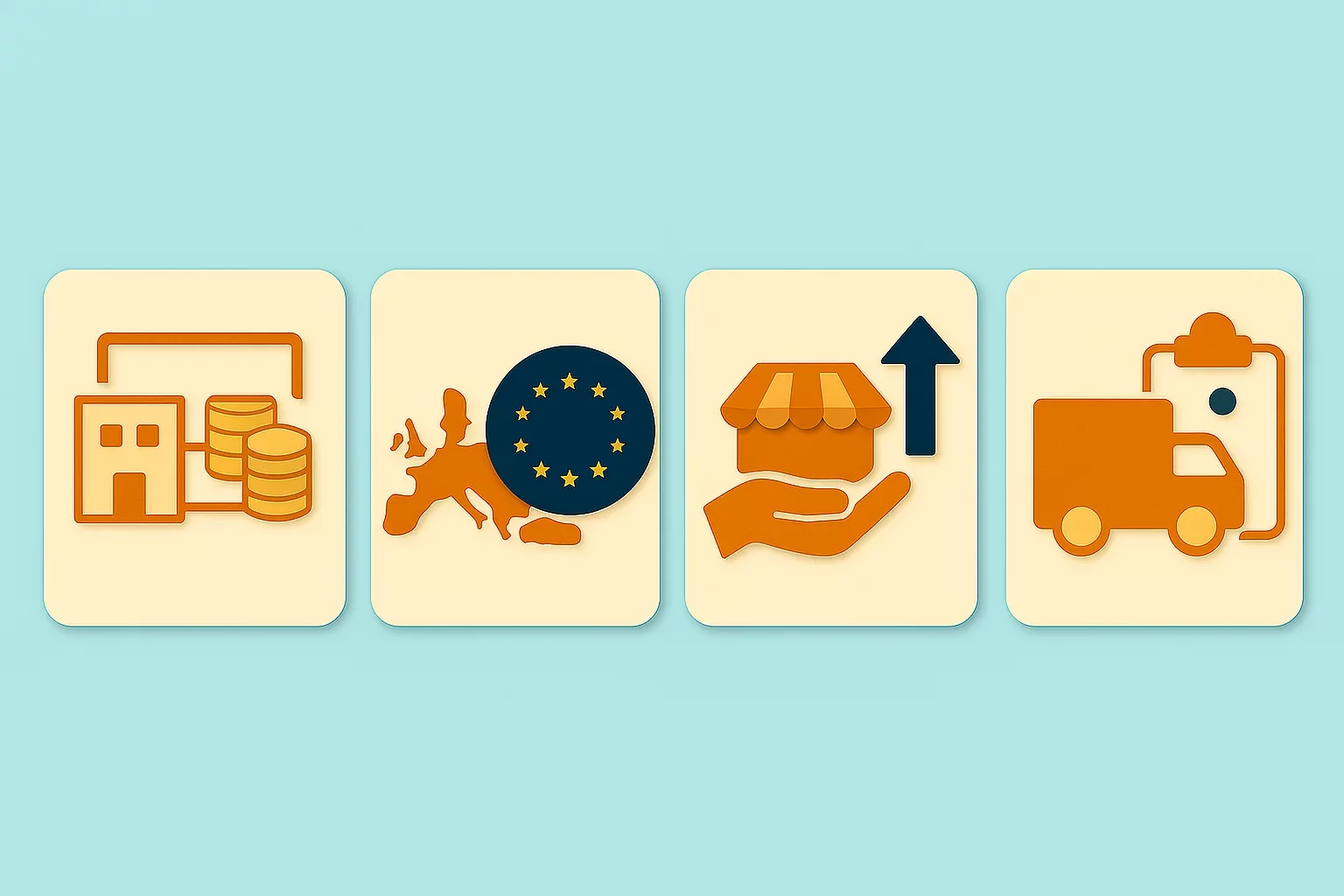
Did you know that over €100 billion slips through the cracks in the EU every year because of VAT fraud and patchy rules? These gaps hit online sellers especially hard, making it tough to keep up with who pays VAT, when, and where. On top of this, the EU has changed the rules, so now every online sale across borders is affected. One mistake can trigger audits or even steep fines.
If you sell goods or digital services in the EU, getting VAT right simply matters. The rules are confusing. Should you charge VAT in your home country or your customer’s? Do you need to register everywhere you sell? What happens when you pass €10,000 in sales? The new system is meant to fight fraud and level the playing field, but it is easy to trip up if you do not have clear guidance.
That is why we wrote this guide. In this guide, you'll learn the newest cross-border VAT rules for online sales in the EU, how the €10,000 threshold can help or hurt your business, and the exact steps to keep your compliance smooth. You will also see how VATabout.com helps online businesses learn about these tough rules and stay out of trouble.
In this guide, you'll learn:
Why the EU changed cross-border VAT rules in 2021
How the €10,000 threshold works and when it applies
What your key obligations are as a seller
Steps to register, report, and pay VAT in the right place
How to use smart tools and schemes to avoid mistakes and fines
Ready to get clear on VAT for your cross-border sales? Let us show you the steps.
Main Steps for Handling Cross-Border VAT When Selling Online in the EU
Step #1: Grasp the Basics of VAT and Cross-Border Sales
To kick things off, you need to know what VAT means for you as an online seller in the EU. VAT is a consumption tax that applies to most goods and services, with rates in the EU commonly ranging between 20% and 23%. But when you sell to customers in other EU countries, the game changes. Since July 1, 2021, VAT is applied at the buyer’s location, not yours. This “place-of-consumption” rule affects how you charge and where you pay VAT.
Remember to check whether you’re selling to businesses (B2B) or private consumers (B2C). Different VAT rules kick in for each, so starting with the correct customer type saves you headaches down the road.
Fact: “Over €100 billion slips through the cracks in the EU every year because of VAT fraud and confusing rules” (VertexInc).
For a deep dive on rules covering all aspects of VAT registration, compliance, and what triggers tax obligations across EU member states, see our complete guide to VAT registration and compliance.
Step #2: Check and Track the EU VAT Threshold for Distance Selling
Before you think about registration, know your limits. If your total cross-border sales to EU customers stay under €10,000 per year, you normally apply your domestic VAT rate. Go above that, even by a cent? You need to charge VAT at your customer’s country’s rate and register appropriately.
Keep a running tally. Tracking sales by destination is as important as checking your daily orders. Some EU countries may allow higher thresholds, but the €10,000 rule is now standard in most places.
Quick tip: Set up a simple spreadsheet or use your webshop dashboard to track cumulative sales for each country.
Scenario | Who Pays VAT? | Where is VAT Paid? | Seller VAT Obligation |
|---|---|---|---|
Cross-border sales | Buyer | Seller’s country VAT | Charge seller’s country VAT on sales |
Cross-border sales > €10,000/year per country | Buyer | Buyer’s country VAT | Register, collect, and remit VAT in buyer’s country |
Goods imported (≤ €150, via IOSS) | Buyer | Buyer’s country VAT via IOSS | Seller/marketplace collects/remits VAT through IOSS |
Marketplace sales | Buyer | Buyer’s country VAT | Marketplace is responsible for VAT collection/remittance |
Step #3: Register for VAT and Select the Right VAT Scheme
Once your sales cross the €10,000 threshold, you have to act. Registering for VAT is not optional, and you can’t just ignore it. You can either get a local VAT number for each EU country you sell into, or you choose an easier route: the One-Stop Shop (OSS) scheme. OSS lets you handle all EU VAT reporting in one country, cutting down paperwork and registration stress. For goods imported into the EU up to €150, the Import OSS (IOSS) lets you manage VAT in a straightforward way.
Pro tip: Registering for OSS saves hours every quarter. After switching to OSS, we reduced admin work by almost 70%.
If you need more official details, the European Commission’s OSS portal covers everything in plain English: European Commission OSS overview.
For more on import VAT and how to submit returns for cross-border transactions, see our comprehensive guide to import VAT and VAT submission.
Step #4: Charge and Collect the Correct VAT Rate Every Time
Charging the right VAT rate means less risk and more trust. You must use the VAT rate for the buyer’s country, not your own. Get it wrong, and you might pay fines or refund customers. Use geolocation tools, verify delivery addresses, and always rely on up-to-date VAT tables when you set product prices.
Marketplaces like Amazon or Etsy? They’re now responsible for VAT collection if you sell through them, so pay attention to how they handle tax. Since July 1, 2021, digital platforms are accountable for VAT. One less worry for sellers on those platforms.
Bullet points for better VAT rate management:
- Integrate automated VAT calculation plugins to your store.
- Regularly verify buyer addresses before confirming orders.
- Check VAT rates on each country’s official site or use trusted external tools.
Step #5: File, Report, and Remit VAT on Time
The final hurdle is submitting return forms and payments. Filing VAT isn’t just about getting numbers right, it’s about being timely. Using OSS or IOSS means you file VAT returns just once for all cross-border EU sales, making paperwork much simpler.
Missing deadlines can sting. Fines in Austria, for example, can hit €5,000 if you ignore registration or submit late (Stripe VAT OSS guide). So, set up calendar reminders or invest in a tax software with alerts to help you never miss a cycle.
Practical advice:
- Set up reminders at least a week before filing is due.
- Log every sale and keep digital copies of invoices.
- Double-check VAT amounts before filing—one small error can get noticed.
Summary: Handling cross-border VAT in the EU is less scary if you break it down step by step. Getting your thresholds right, registering correctly, applying the proper rates, and staying on top of filings makes selling across the EU manageable and safe. Tools like OSS and IOSS, along with smart tech, make VAT compliance easier than ever. At VATabout, we’ve seen how following these basics helps companies avoid fines and sleep better at night.
Best Practices for Smooth Cross-Border VAT When Selling Online in the EU
Getting VAT right in cross-border sales isn't just a legal box to tick. It helps you build trust with buyers, avoid sudden fines and audits, and keep your business running without nasty tax surprises. Sellers who stick to a few key habits manage changes and unexpected challenges much better. Let’s look at how you can make VAT compliance stress-free and stay ahead of the latest EU rules.
Keep Meticulous Records of Cross-Border VAT Transactions
Record everything. It sounds boring, but thorough logs are the backbone of VAT compliance. You should store details on each sale—buyer’s country, transaction date, invoice numbers, and VAT charge. Why? Auditors can ask for these anytime, and missing data can trigger fines. A digital filing system saves hours when the tax inspector comes knocking. Invest in secure software, and back up records every quarter.
Monitor Your Cumulative Sales per Country Each Month
Don’t let the VAT threshold catch you off guard. The moment your total sales to any EU country hit €10,000, your VAT obligations switch. To stay ready, set up a routine to check monthly sales totals per country. Sometimes, a big promotion tips you over the edge unexpectedly. We recently had a client who missed their French threshold by just €50 and ended up with late registration penalties. Lesson learned: Tracking sales is easier than fighting fines later.
Stay Updated on Country-Specific VAT Rates and Threshold Changes
The VAT rules in Europe shift every so often, and rates vary from country to country. Subscribe to official EU updates or use reliable services that alert you to changes. Check the European Commission’s site at the start of each quarter. Rates in Austria versus France can be quite different, and thresholds are not always the same. Missing an update could mean you undercharge or overcharge VAT — both are risky. Check for fresh info regularly: Official EU VAT rates and rules resource.
Use VAT Automation Tools or a Trusted Tax Advisor
Skip the manual calculations and double entries. Using automation software or working with an experienced tax advisor means fewer mistakes and better sleep at night. Tools can automatically calculate VAT, pre-fill tax returns, and even file them, reducing last-minute rush. For smaller sellers, even a simple plugin can cut admin headaches. For bigger shops, a dedicated advisor keeps your books tight and your reporting clean.
Leverage OSS and IOSS VAT Schemes Where Possible
The EU’s One-Stop Shop (OSS) and Import OSS (IOSS) systems are a lifeline for busy sellers. Instead of filling separate VAT returns for every country where you sell, you can do it all in one place. We moved most of our clients to OSS once it launched, and their compliance workload dropped overnight. If you sell digital services or import goods under €150, these schemes can save you time, money, and nerves. Learn more and sign up here: EU VAT One Stop Shop portal.
Communicate VAT Charges Clearly to Buyers
No one likes hidden fees. Being upfront about VAT charges builds trust and reduces complaints. Show the correct VAT amount and the rate for each buyer’s country at checkout and on the invoice. This transparency also protects you if customers claim you’re overcharging or underpaying tax. If you use marketplaces, check how they handle VAT and clarify who is responsible—marketplaces now collect and remit VAT for many sales, but not always all of them.
Train Your Support Team for International VAT Questions
Your team is on the front line and should know the basics of cross-border VAT. Give them simple training on when VAT applies, how to answer buyer questions, and where to point customers who want more detail. This avoids confusion, bad reviews, and refund requests. A bit of prep here saves stress down the line, especially when rules change or when buyers from different countries ask tricky VAT questions.
Key takeaways:
Log every VAT detail accurately for every EU sale.
Set up alerts or routines to track sales by country.
Keep your VAT rates database up to date.
Automate what you can or ask a pro for help.
Simplify filings with OSS and IOSS where eligible.
Be clear and open about VAT on every sale.
Prepare your support team, so customers get good answers fast.
Sure, VAT rules are tough. But with these habits, you can manage cross-border sales with confidence and stay on the right side of EU law. Use these best practices every day — and trust us, things run much smoother for our sellers.
Wrap Up
Staying compliant with EU cross-border VAT rules means tracking your sales carefully, using the correct VAT rate for each buyer, and filing taxes on time. The biggest benefit is peace of mind: You avoid fines and surprises, and your business stays trusted by buyers and tax offices. By following these steps and best practices, you make VAT work for you, not the other way around.

Featured Insights

The African Tax Response to Fintech and Web3
🕝 January 5, 2026More News from Europe
Get real-time updates and developments from around the world, keeping you informed and prepared.
-e9lcpxl5nq.webp)

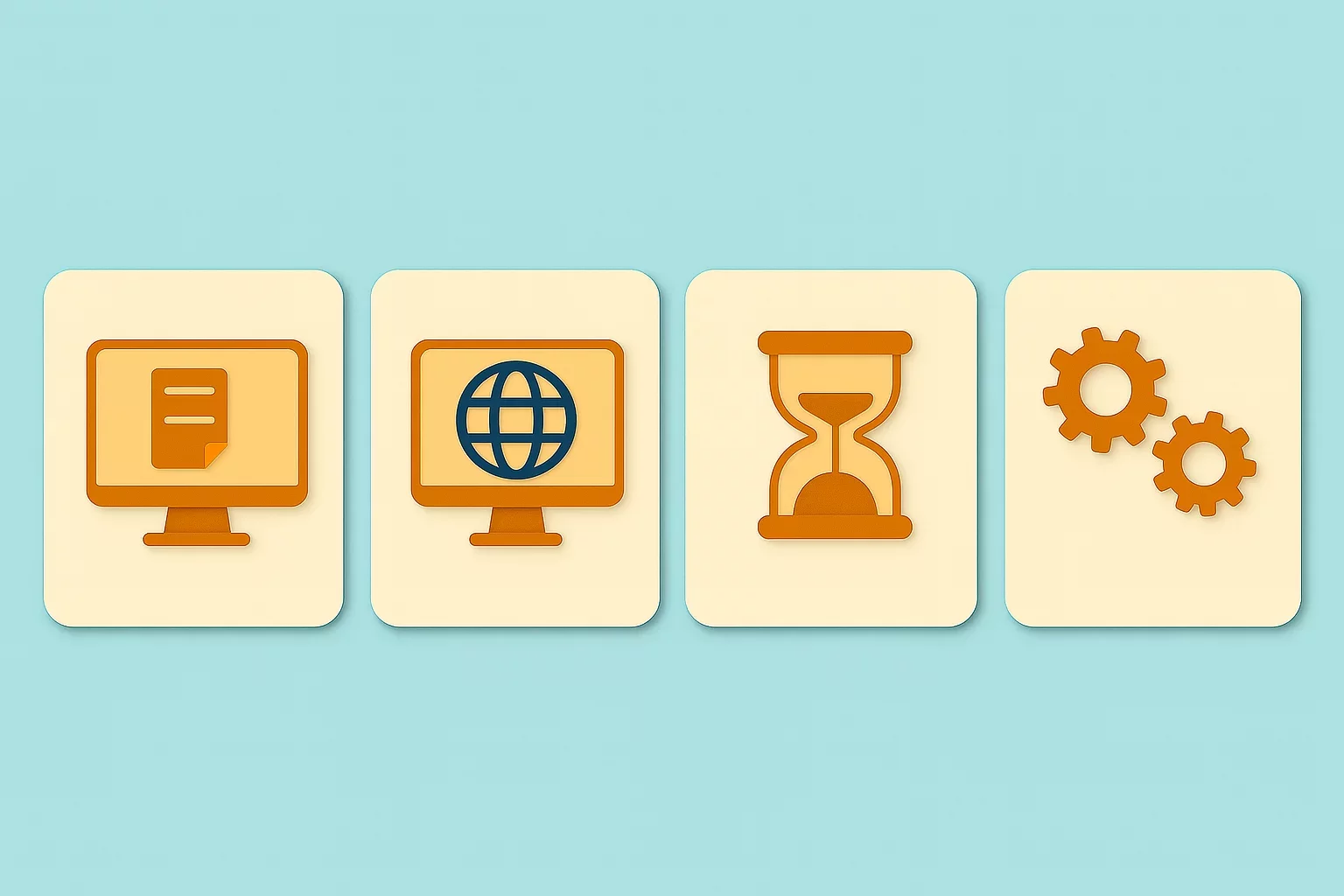
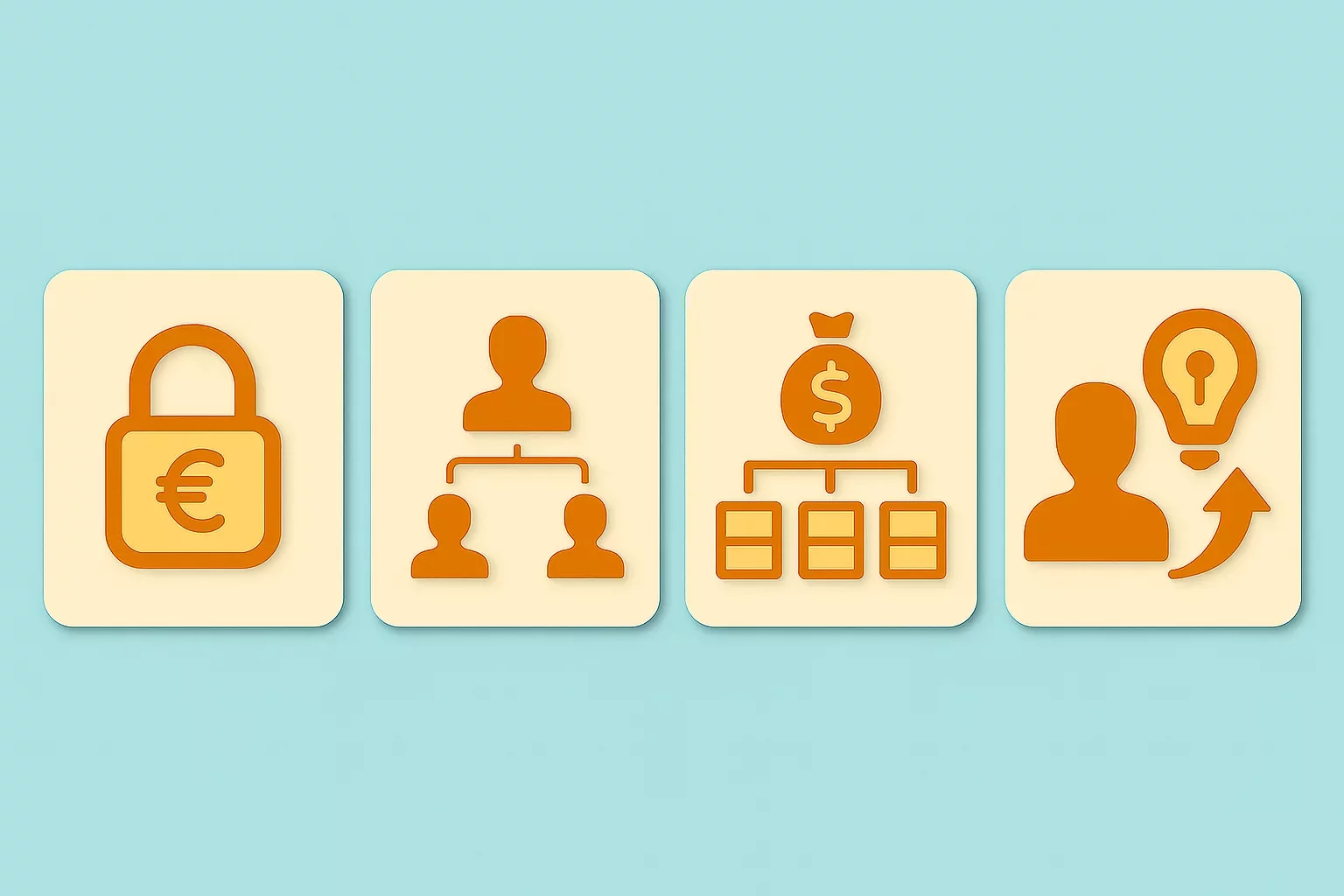
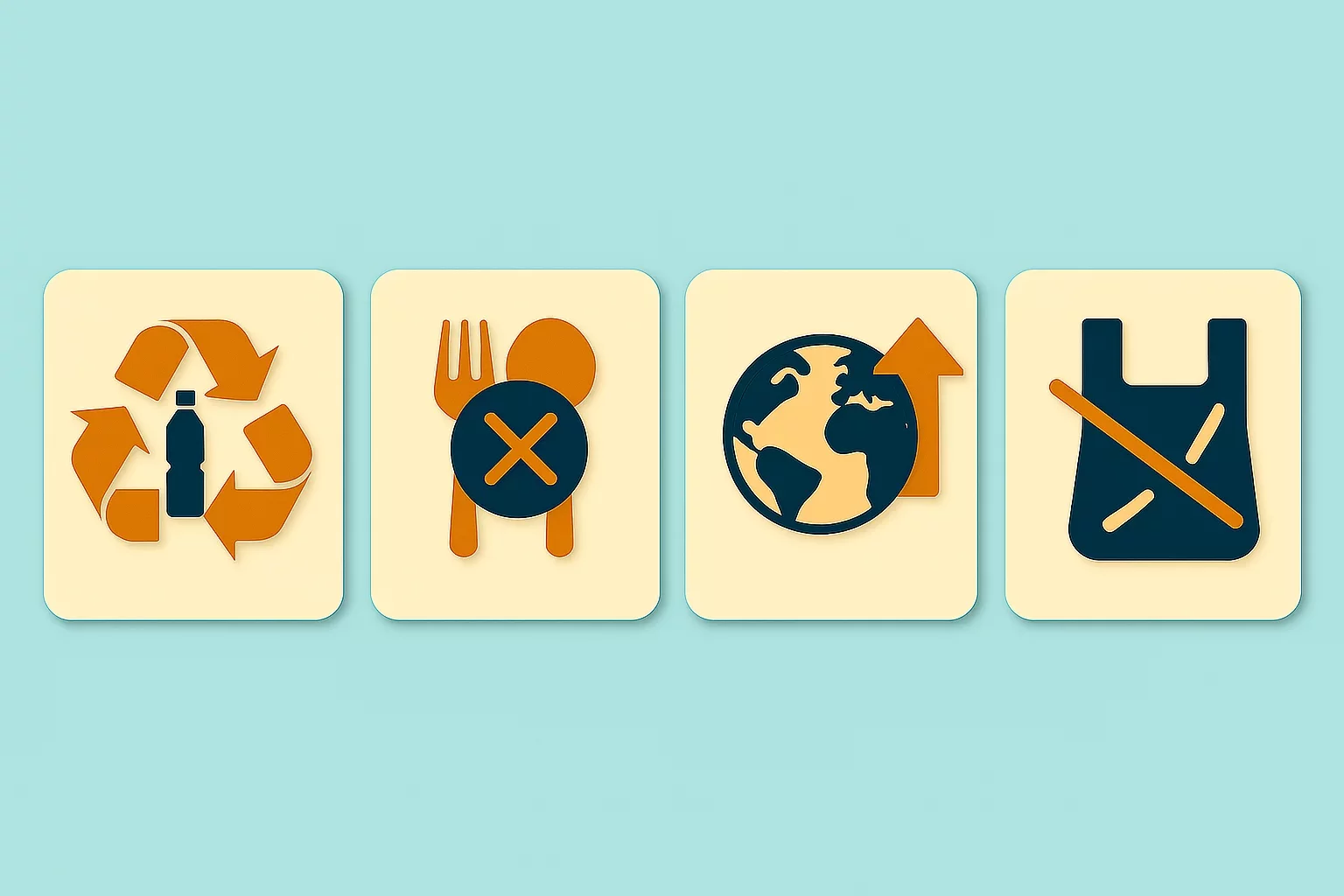
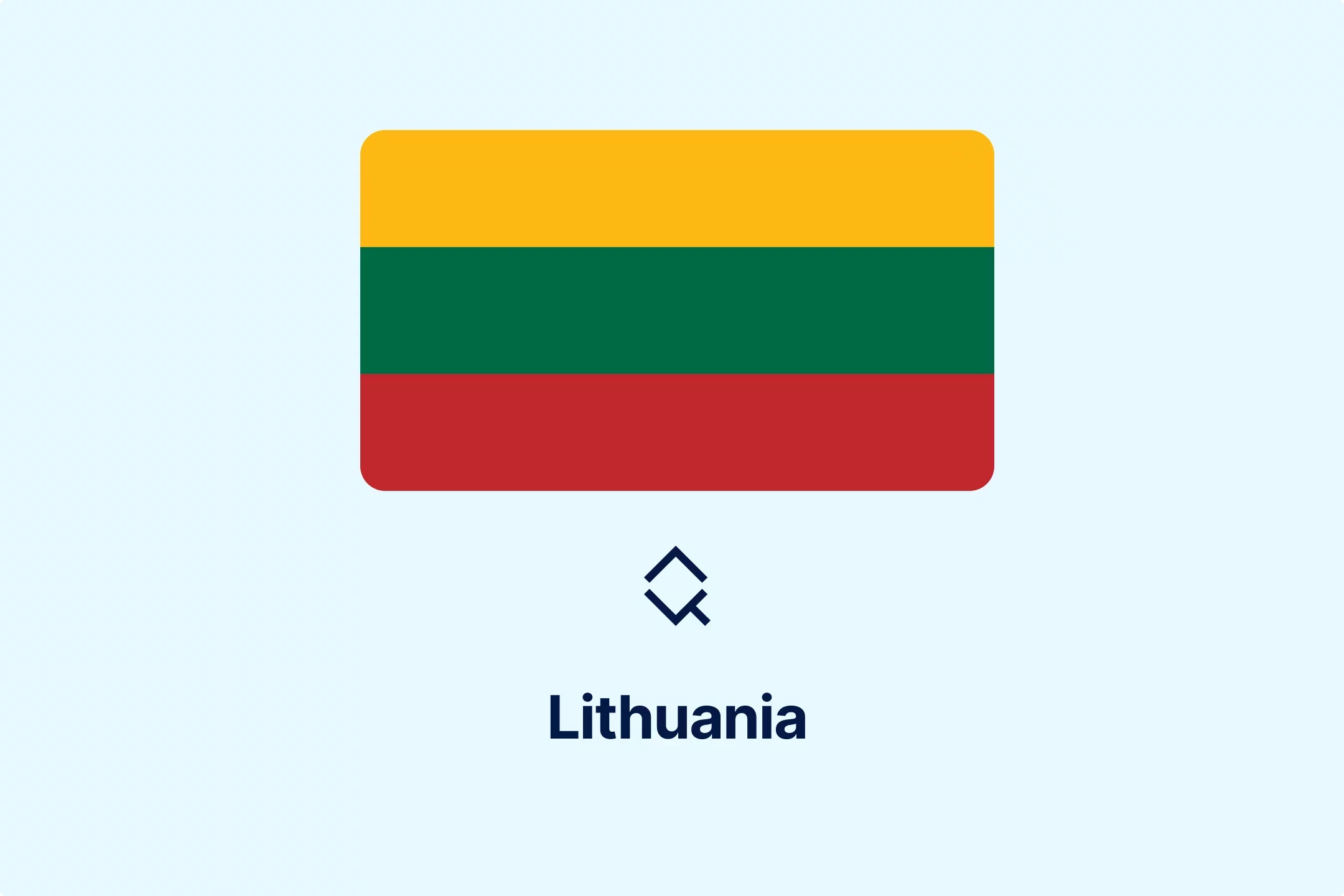

-webajrr4ny.webp)
-evibmwdwcn.webp)
-7acdre0hop.webp)

-lcgcyghaer.webp)
-ol6mdkdowg.webp)
-aqdwtmzhkd.webp)

-njgdvdxe2u.webp)

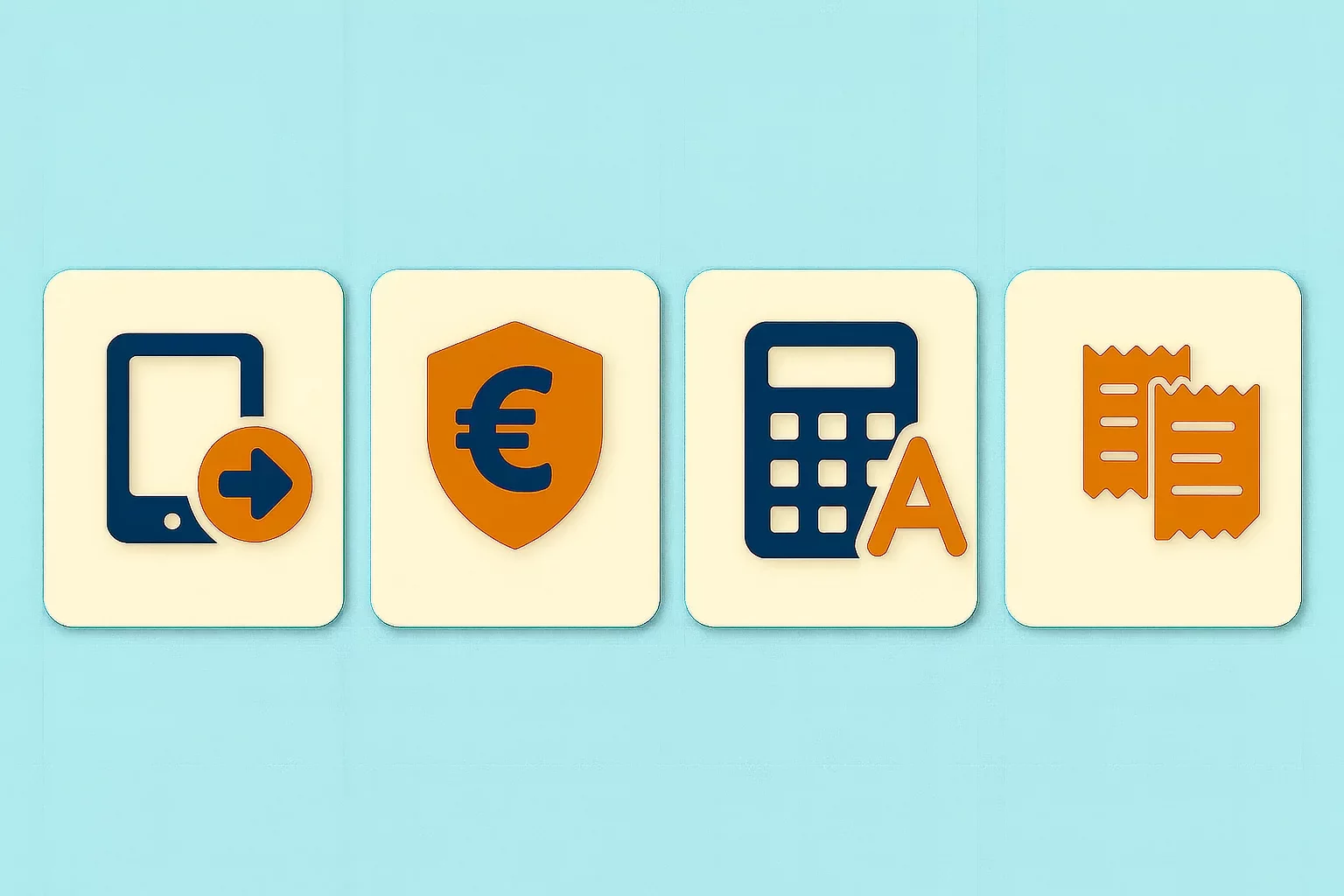
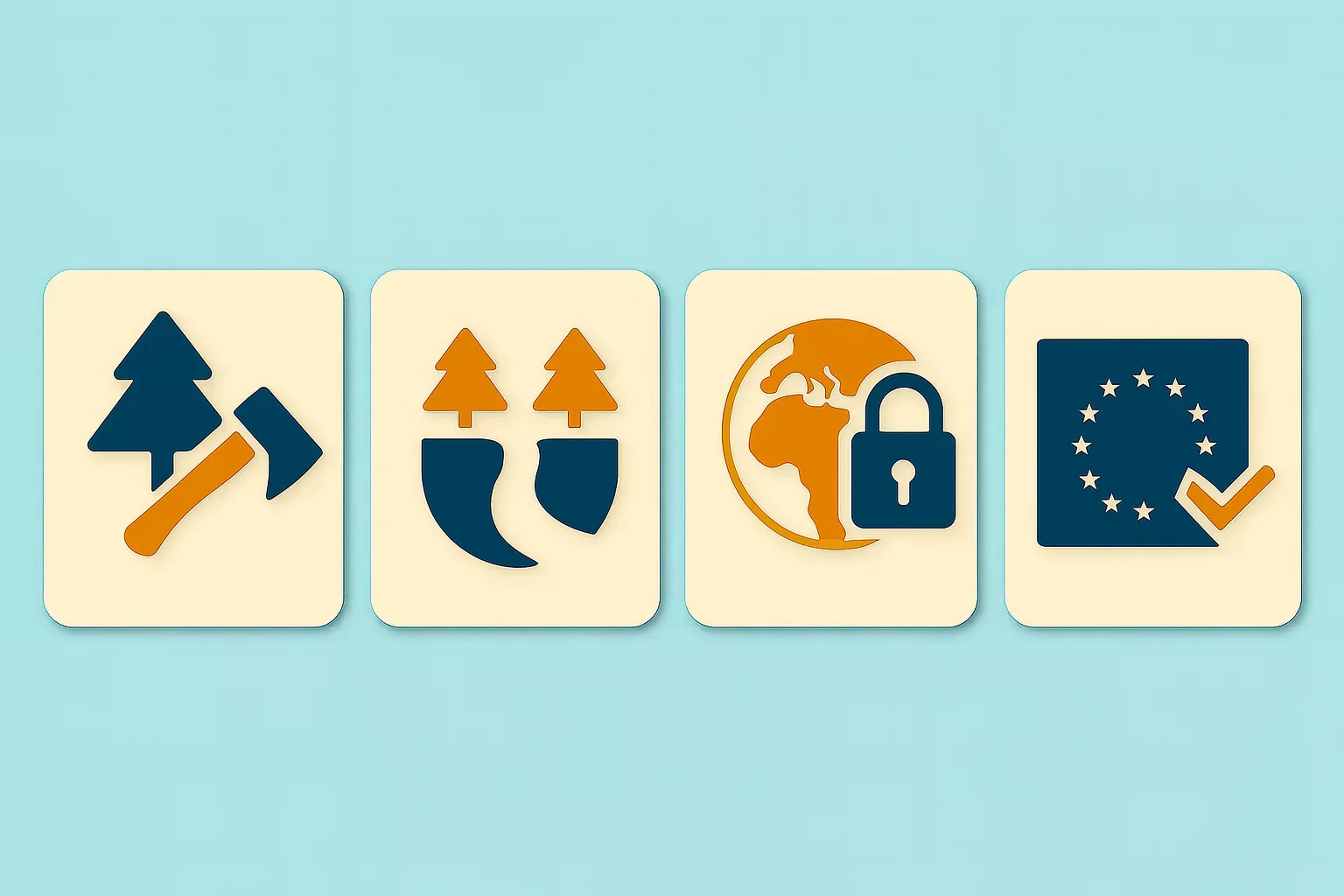
-i6rki3jbad.webp)
-hdwgtama05.webp)

-atbhy5fyxv.webp)

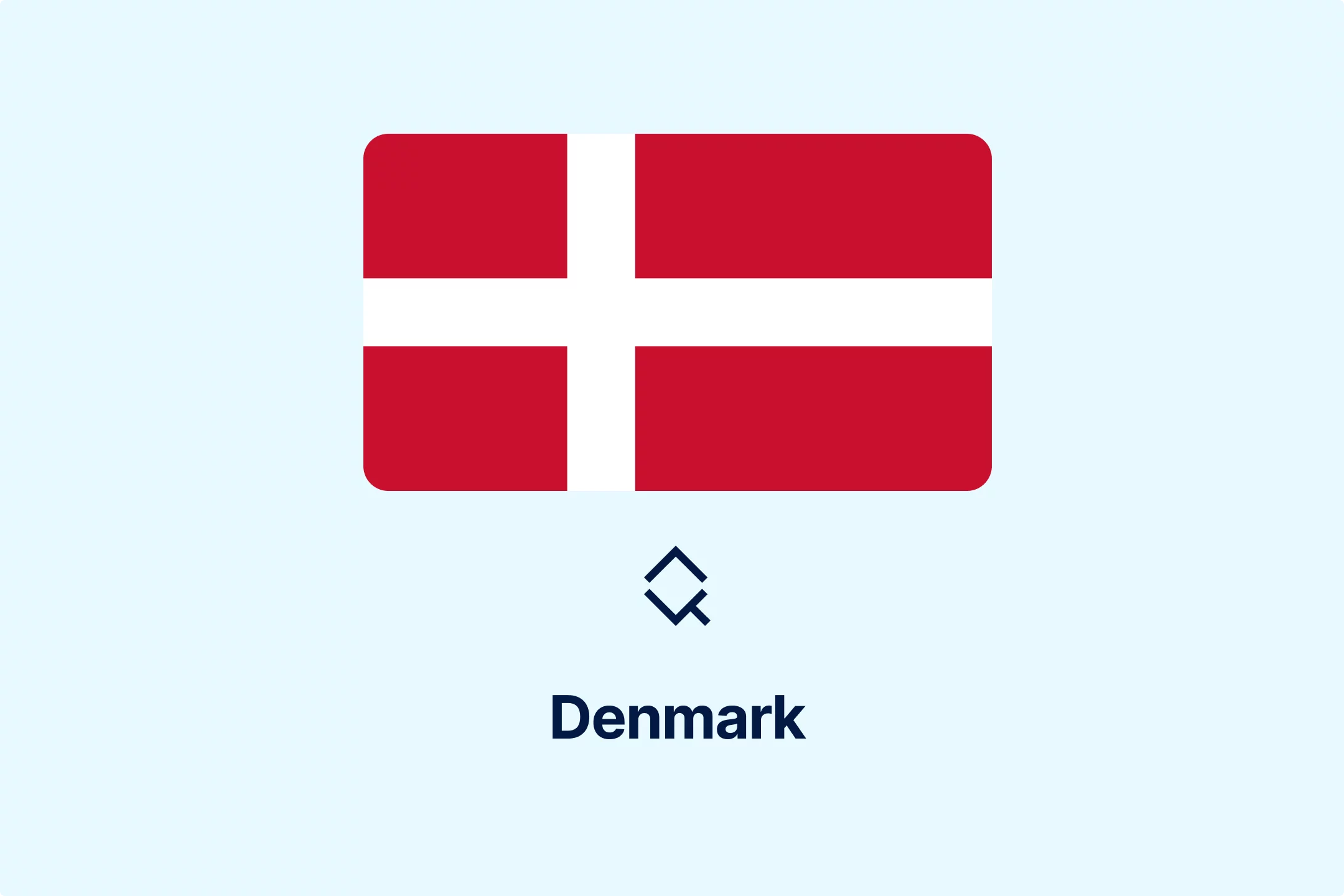

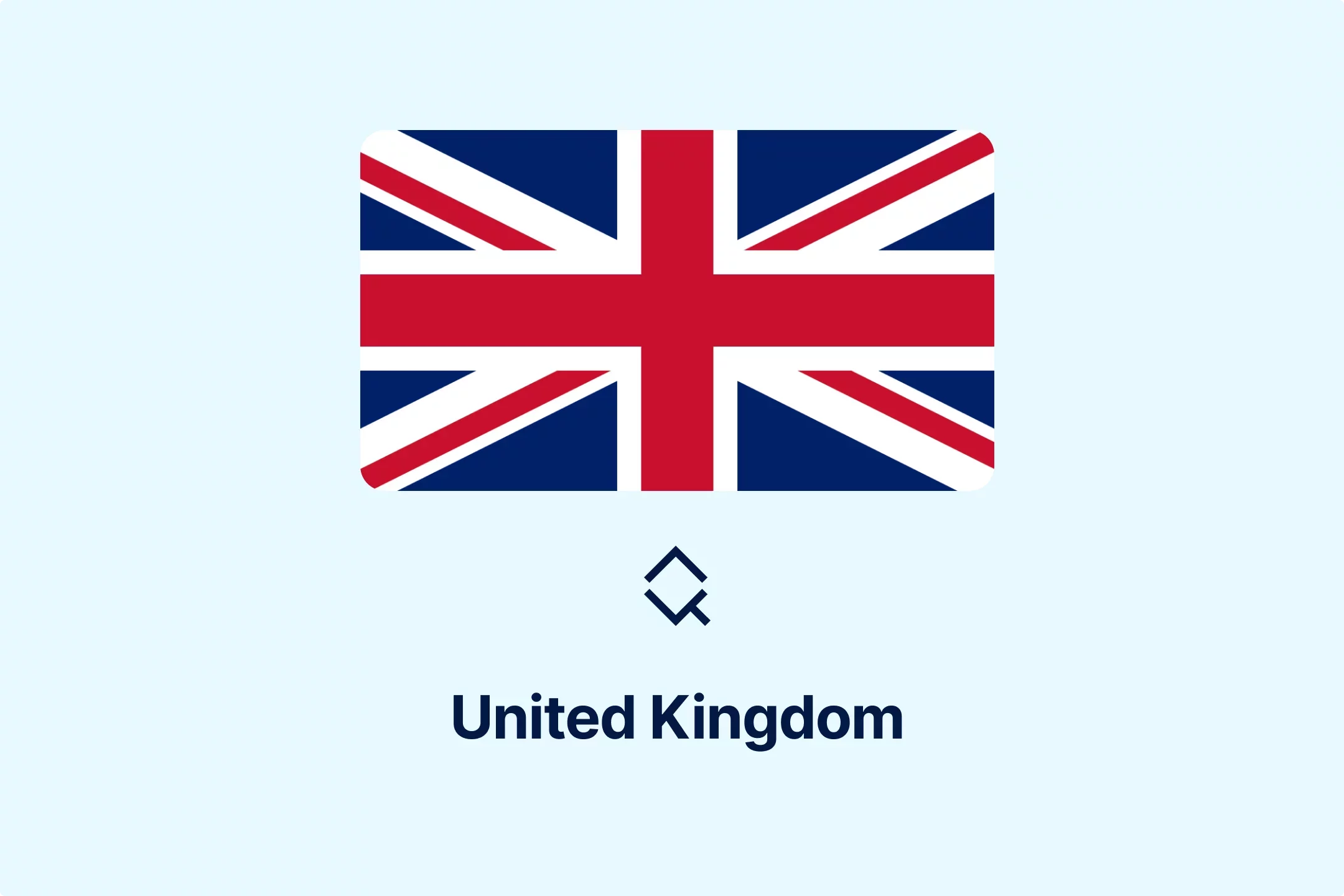
-zp2n6zixoa.webp)
-oa1ynbm4sn.webp)
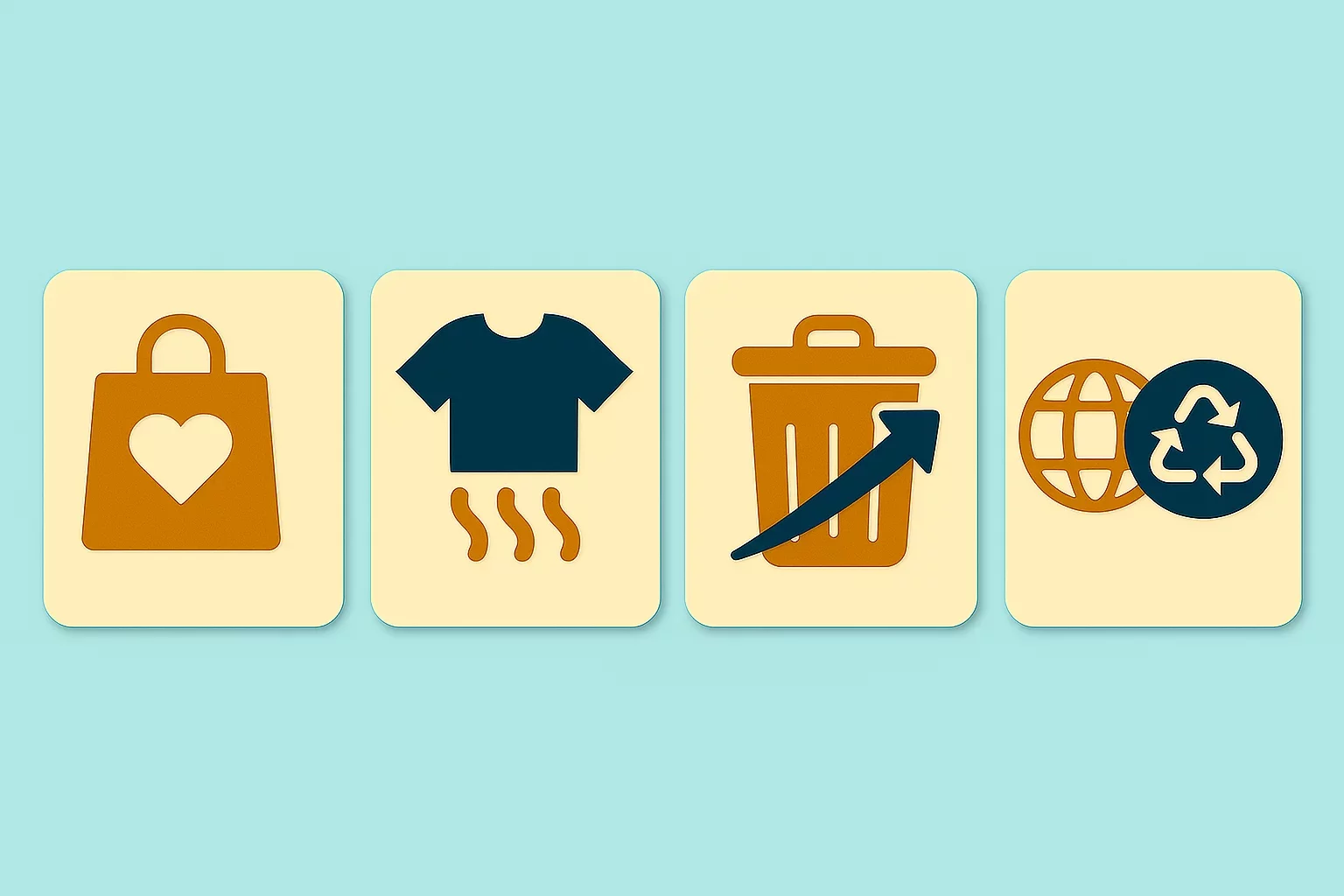

-lltkno6txy.webp)



-do38odrqnq.webp)
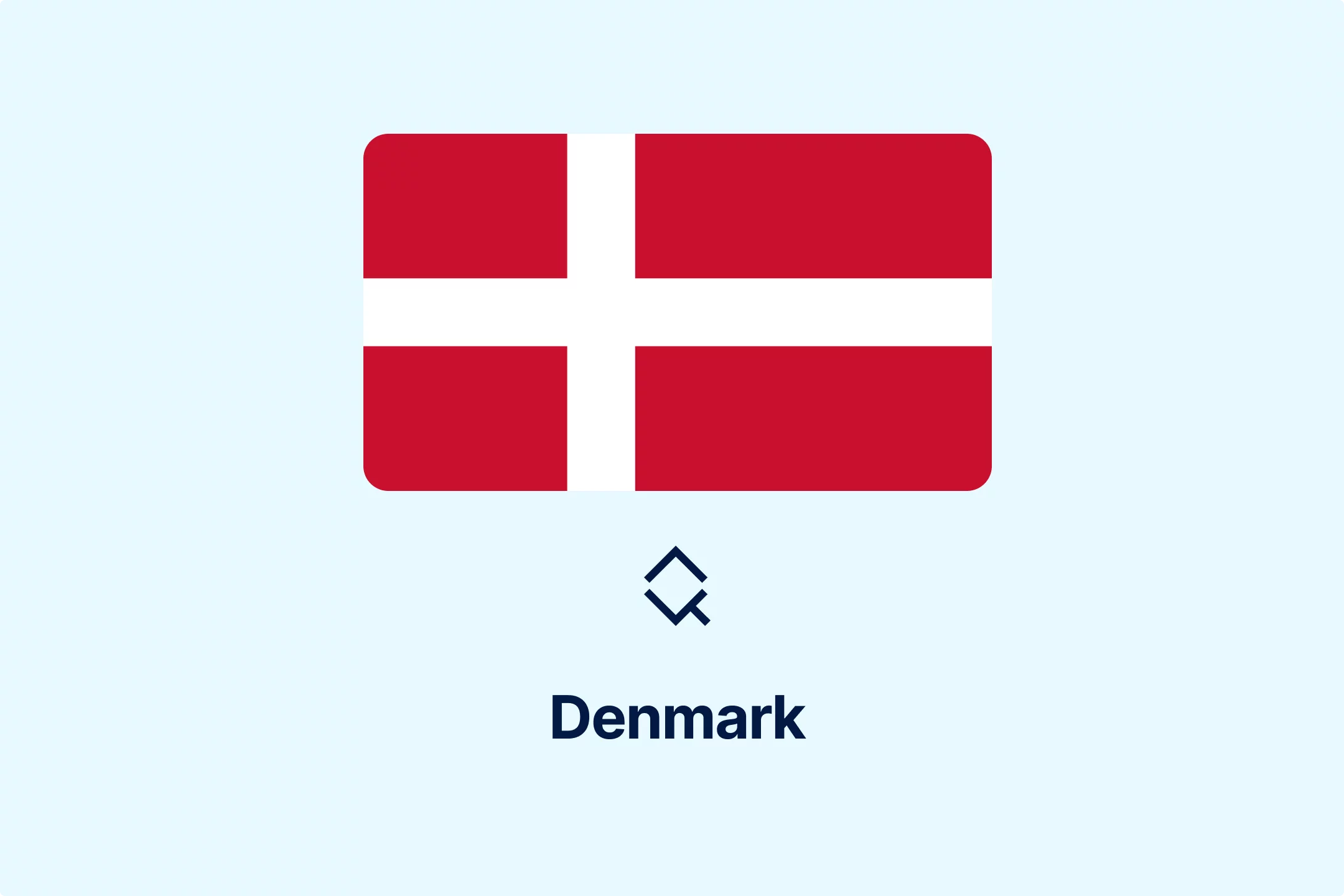
-t409oldqzt.webp)

-hordopb6xh.webp)
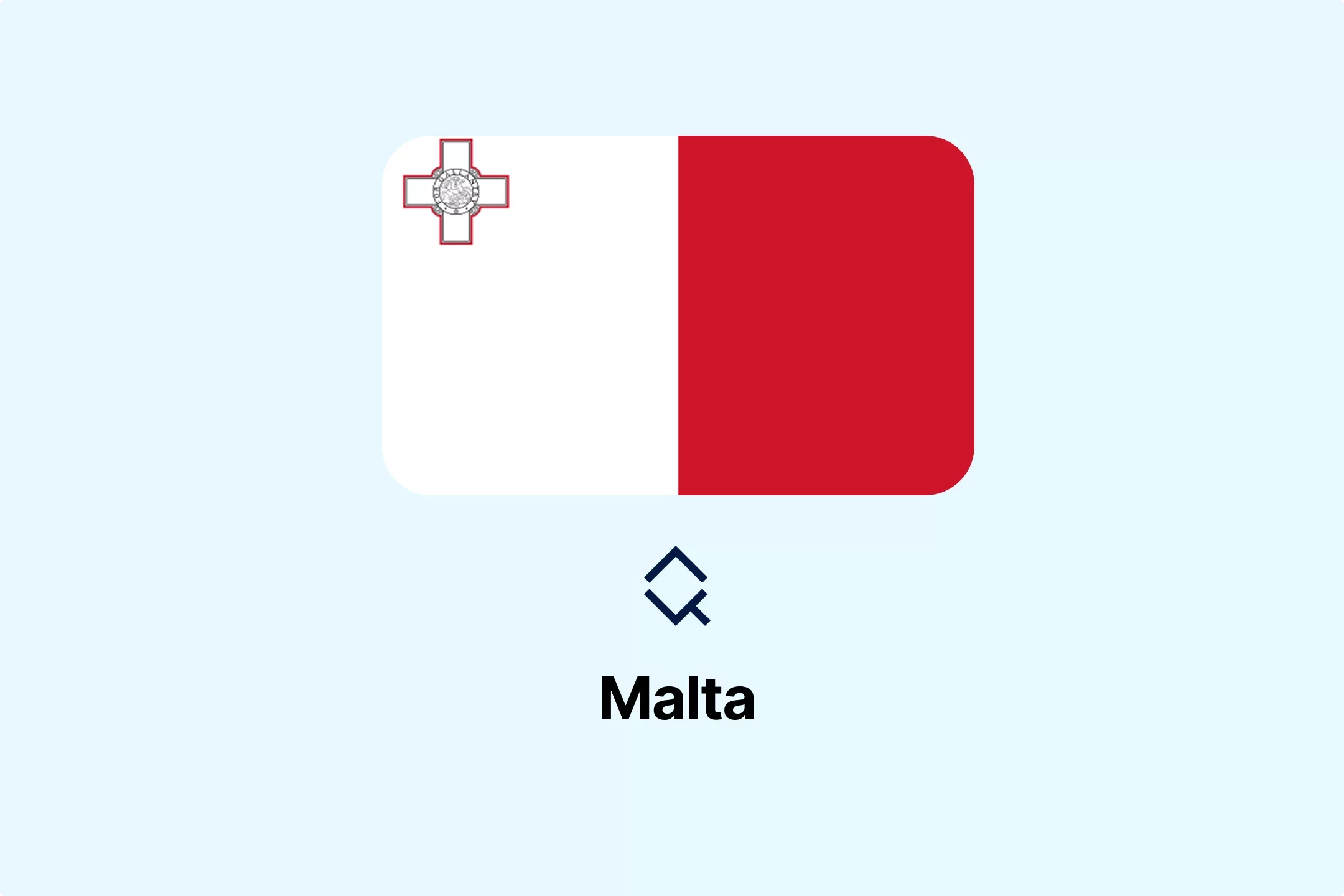
-ooimnrbete.webp)

-lwb5qpsily.webp)
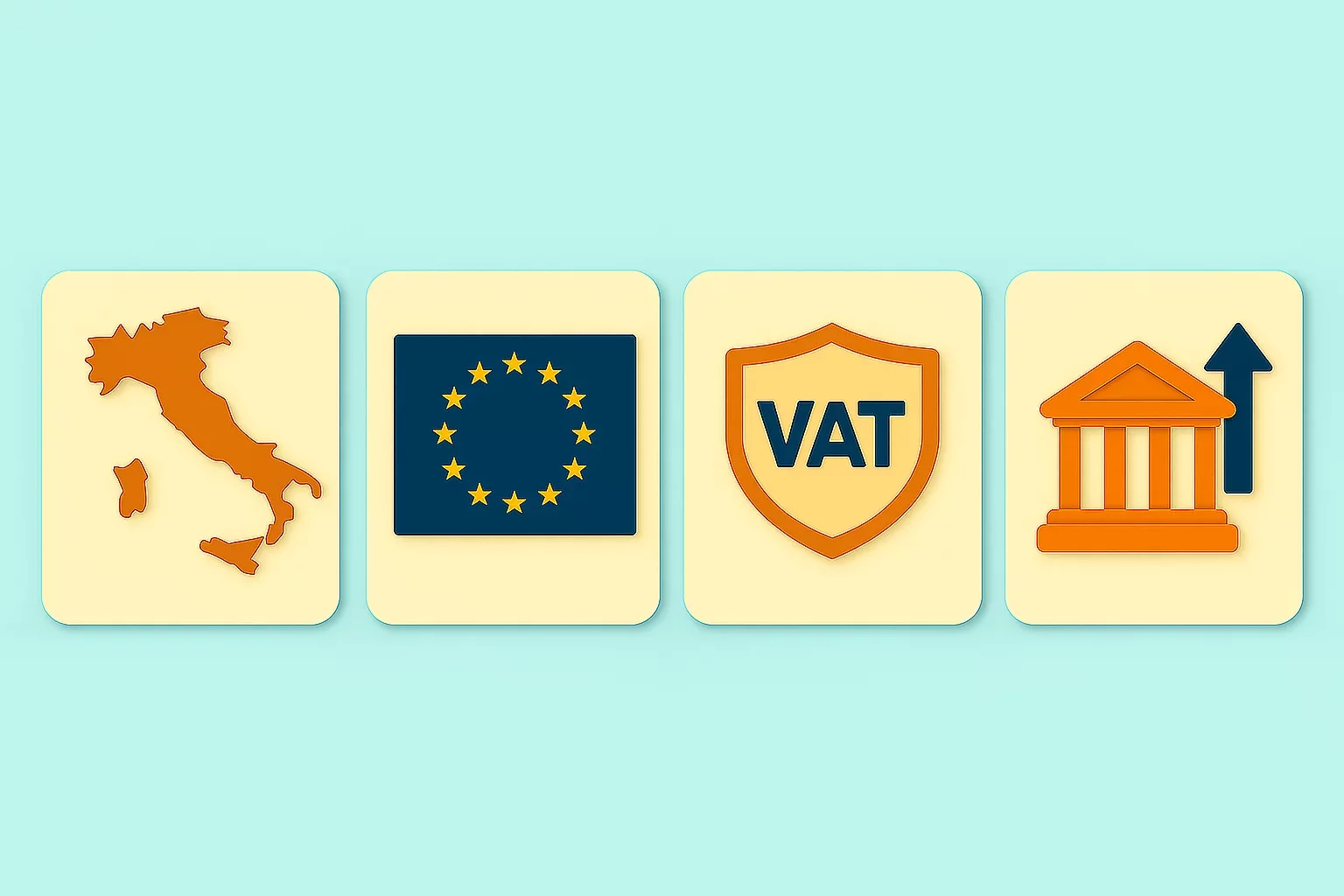
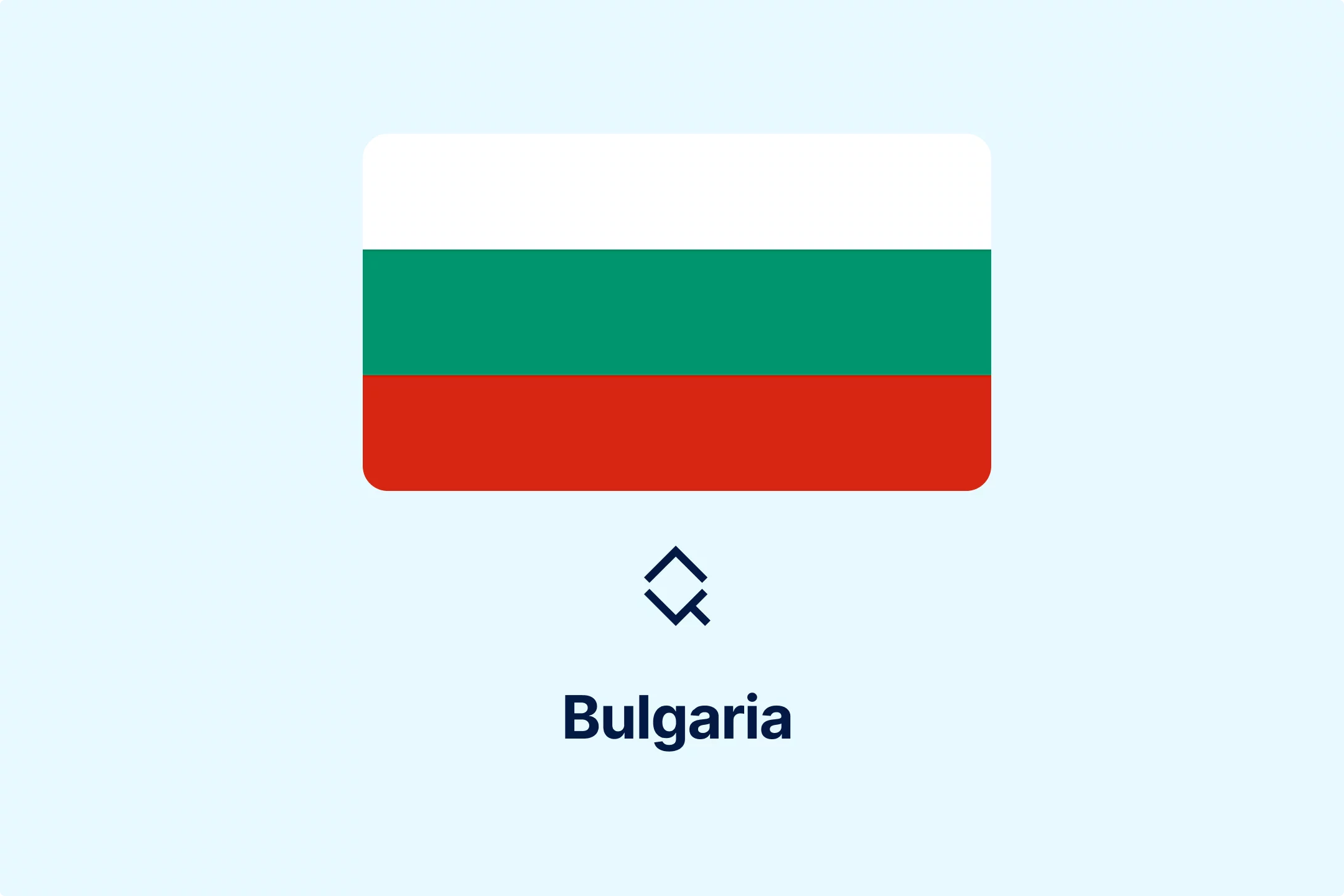
-eumafizrhm.webp)
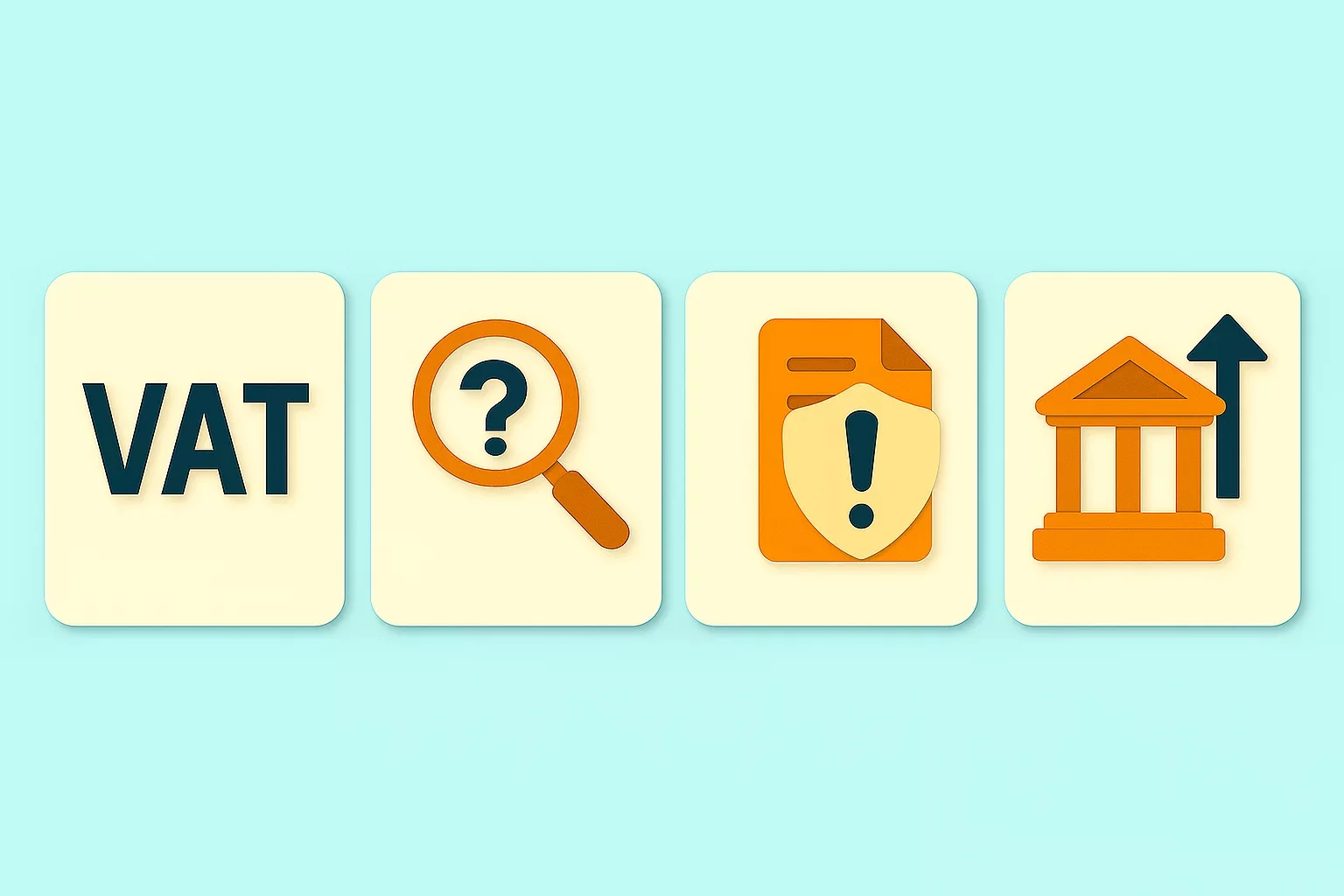
-mtqp3va9gb.webp)

-3ewrn1yvfa.webp)
-591j35flz2.webp)

-huj3cam1de.webp)

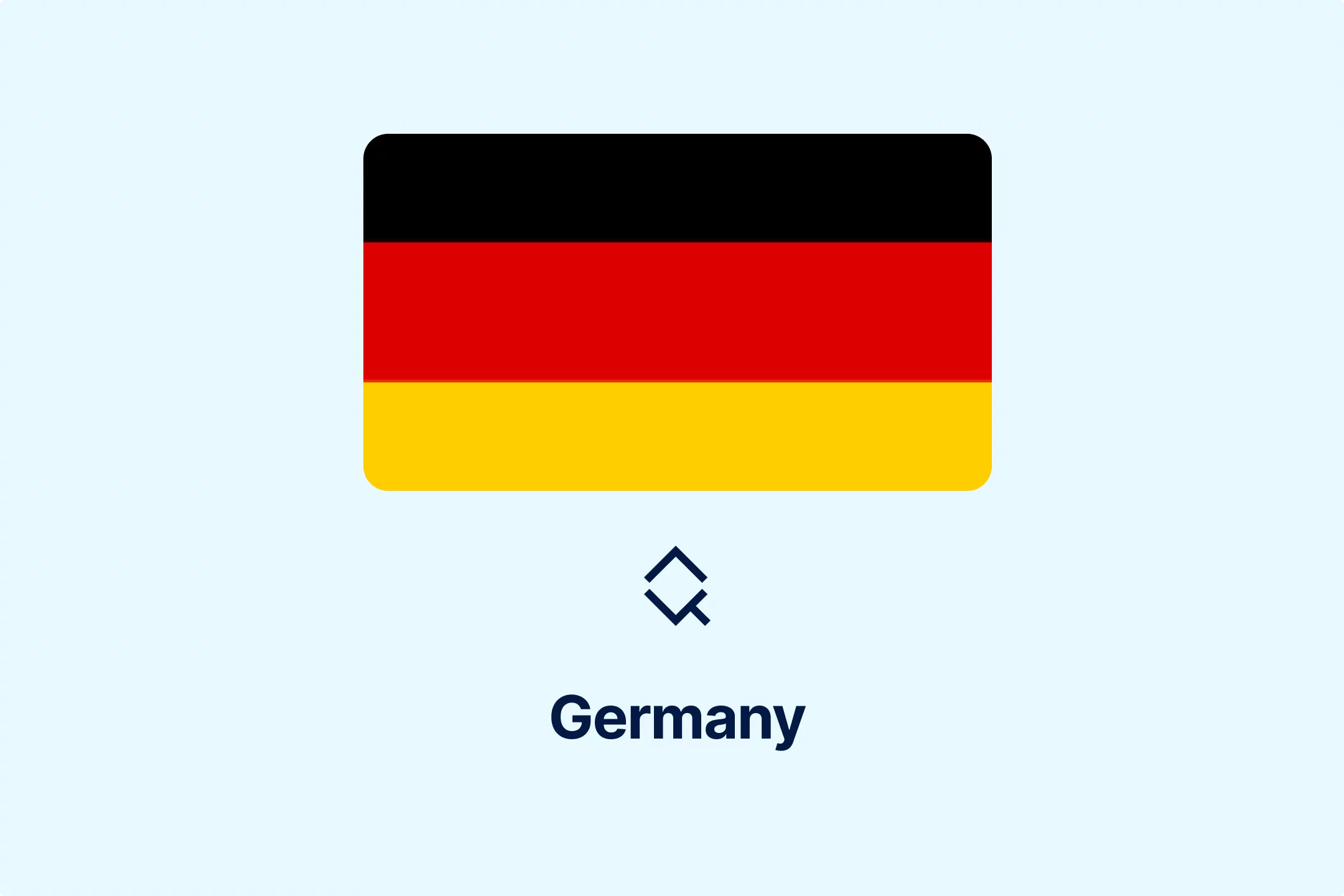
-hafis0ii23.webp)

-qseaw5zmcy.webp)


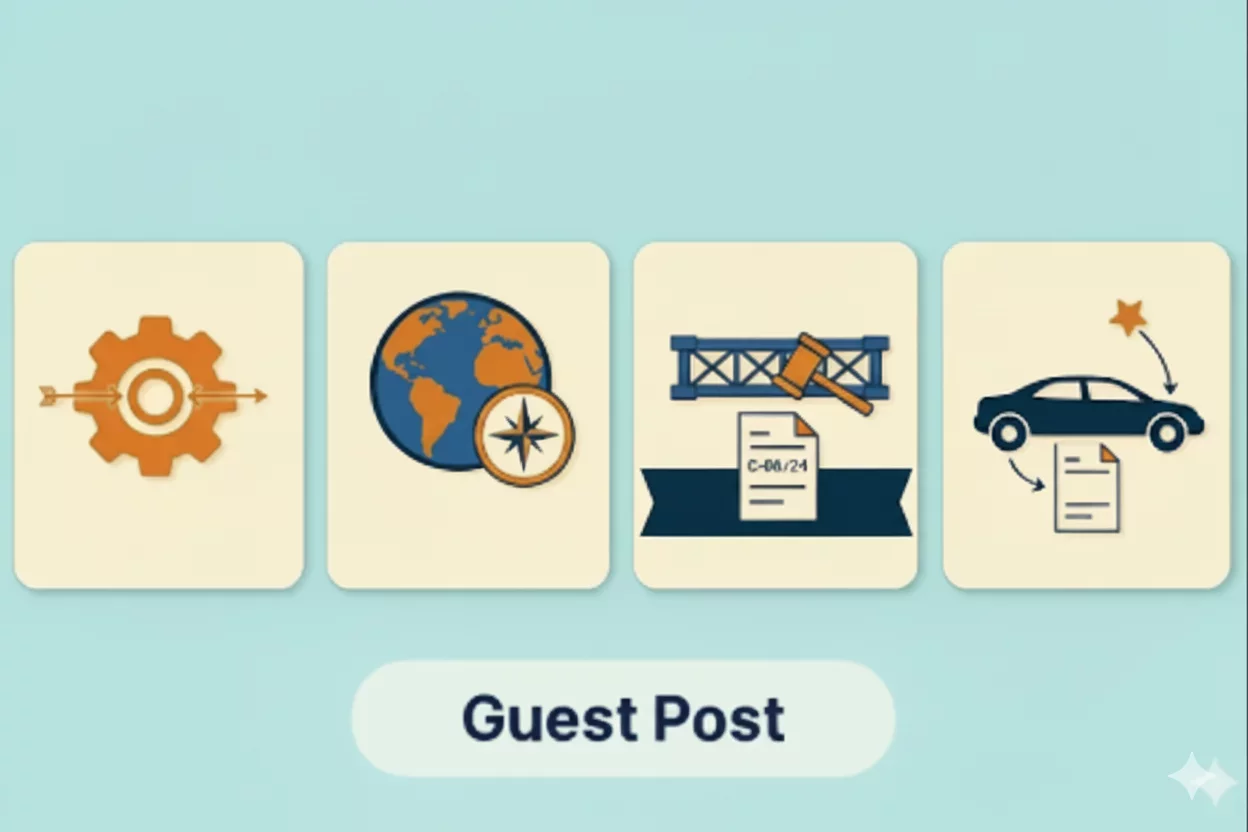
-qzsah2ifqx.webp)


-69rzooghib.webp)
-wrvng98m0g.webp)


-psucycuxh2.webp)
-klyo8bn5lc.webp)



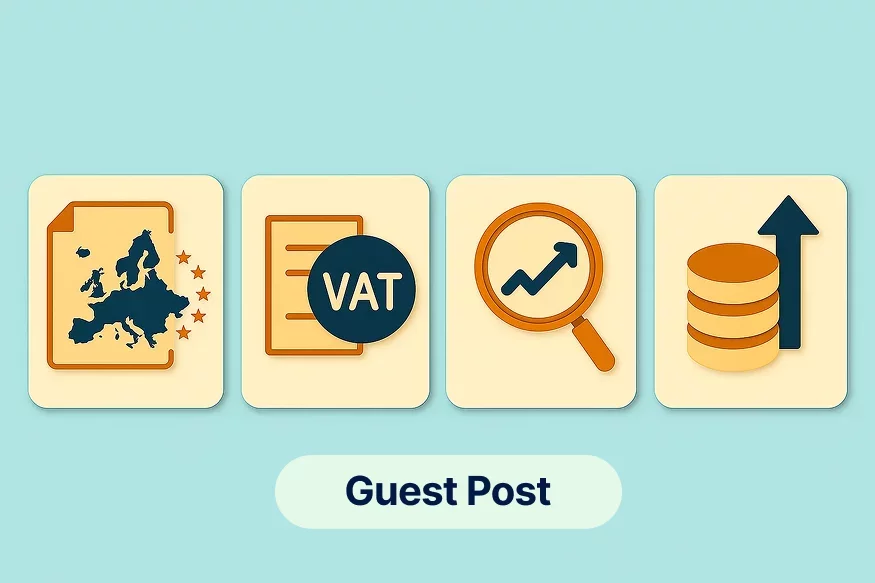
-6wv5h5eyyd.webp)
-tfgg78rbid.webp)
-a6jpv9ny8v.webp)
-qhdbapy0qr.webp)

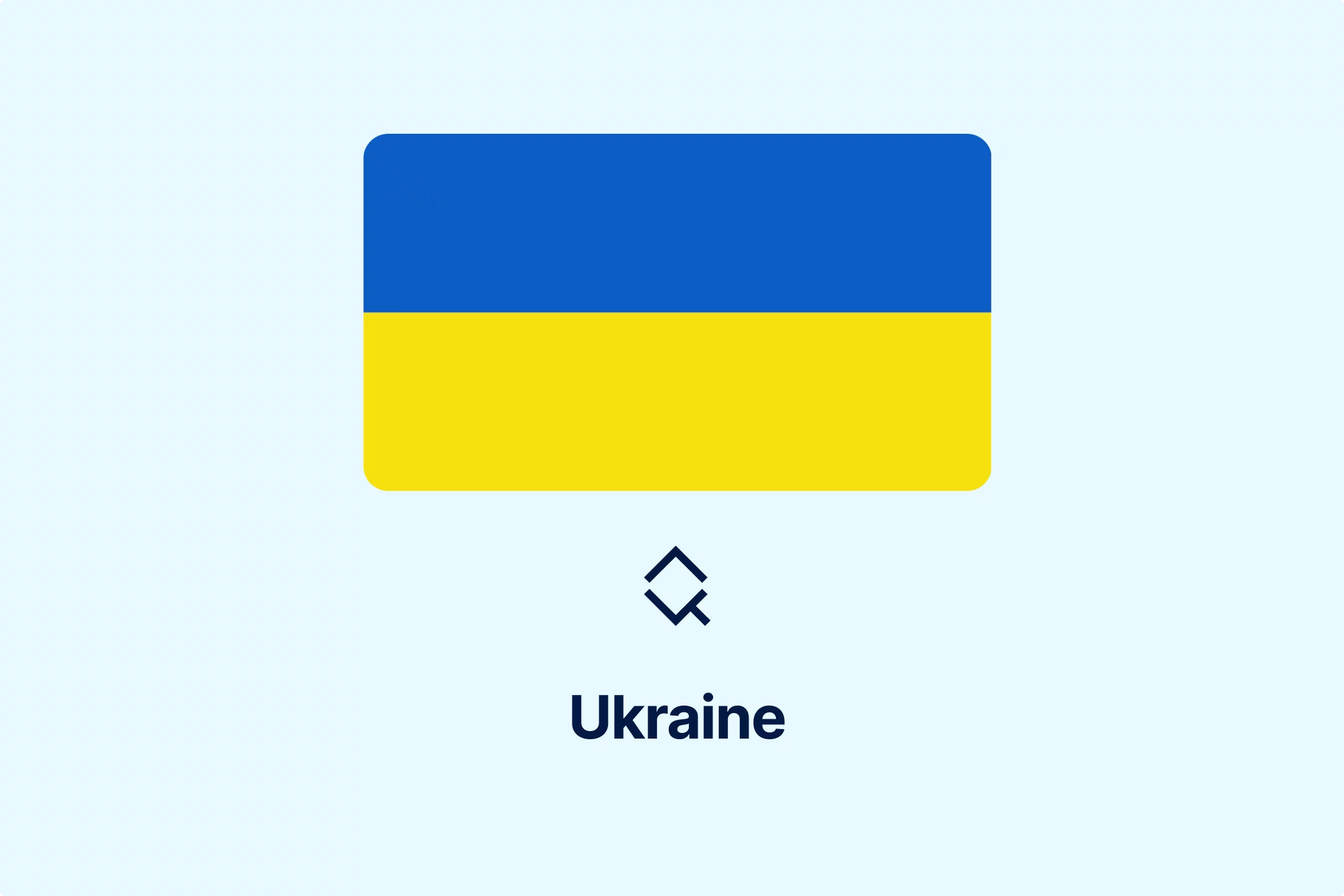
-owvu7zoc13.webp)

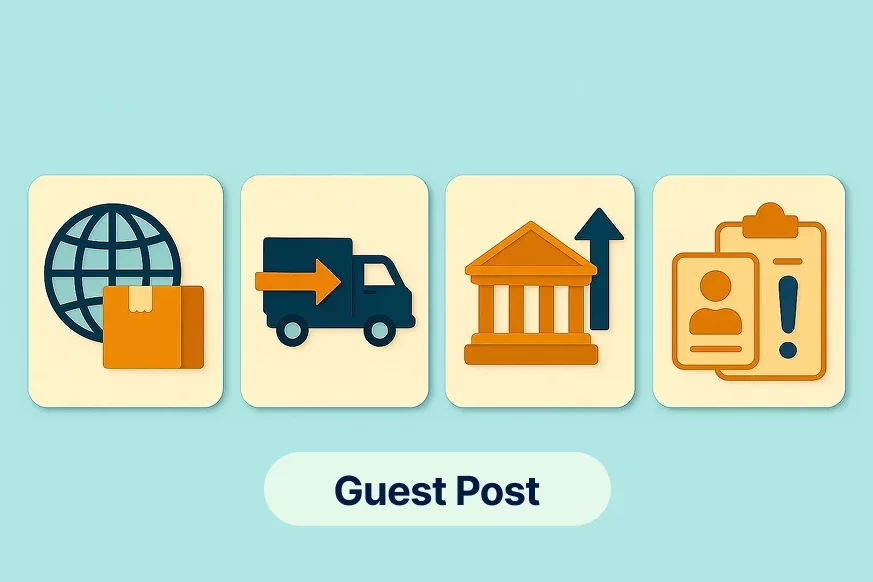
-h28jrh1ukm.webp)
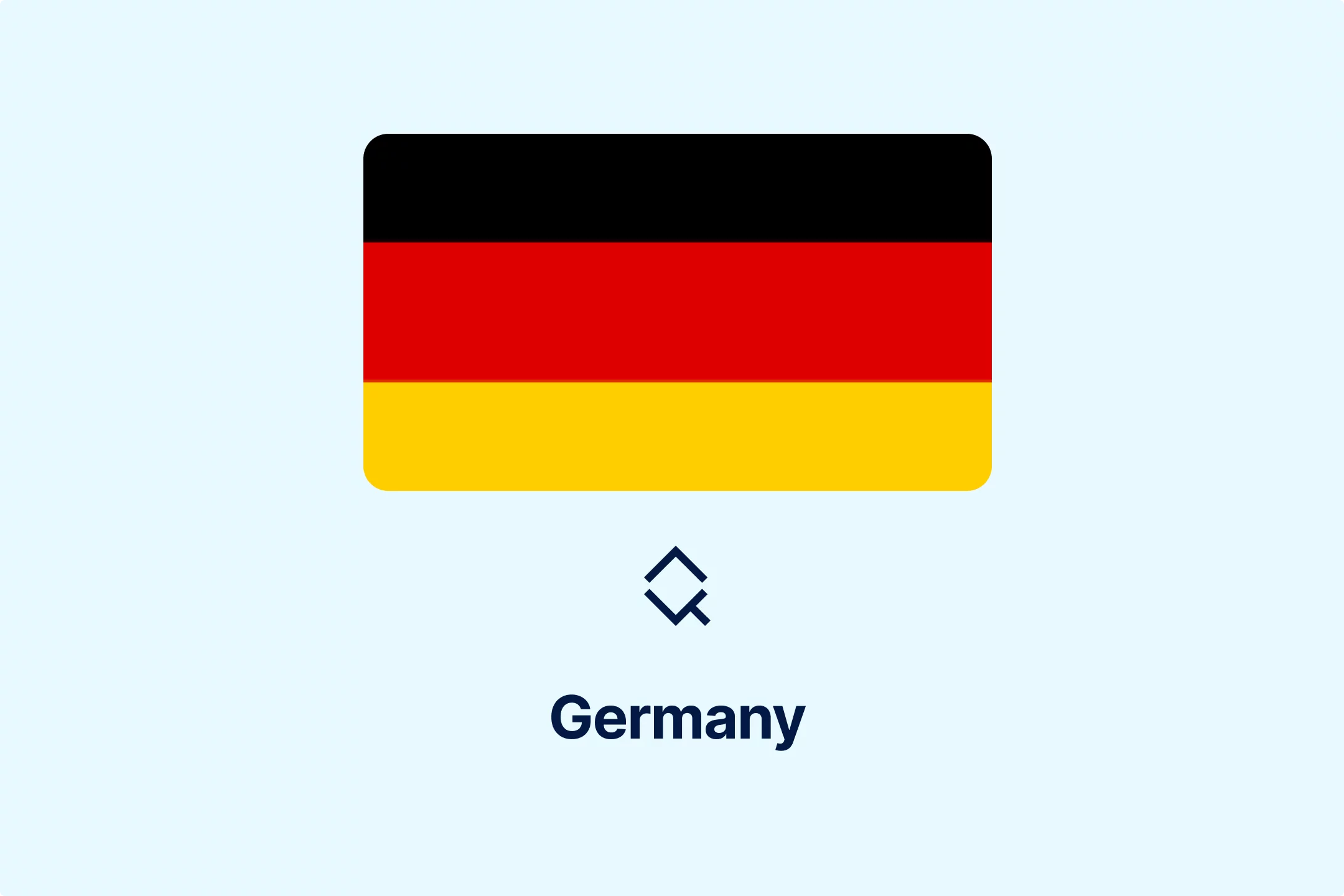
-wl9bl1rw3a.webp)
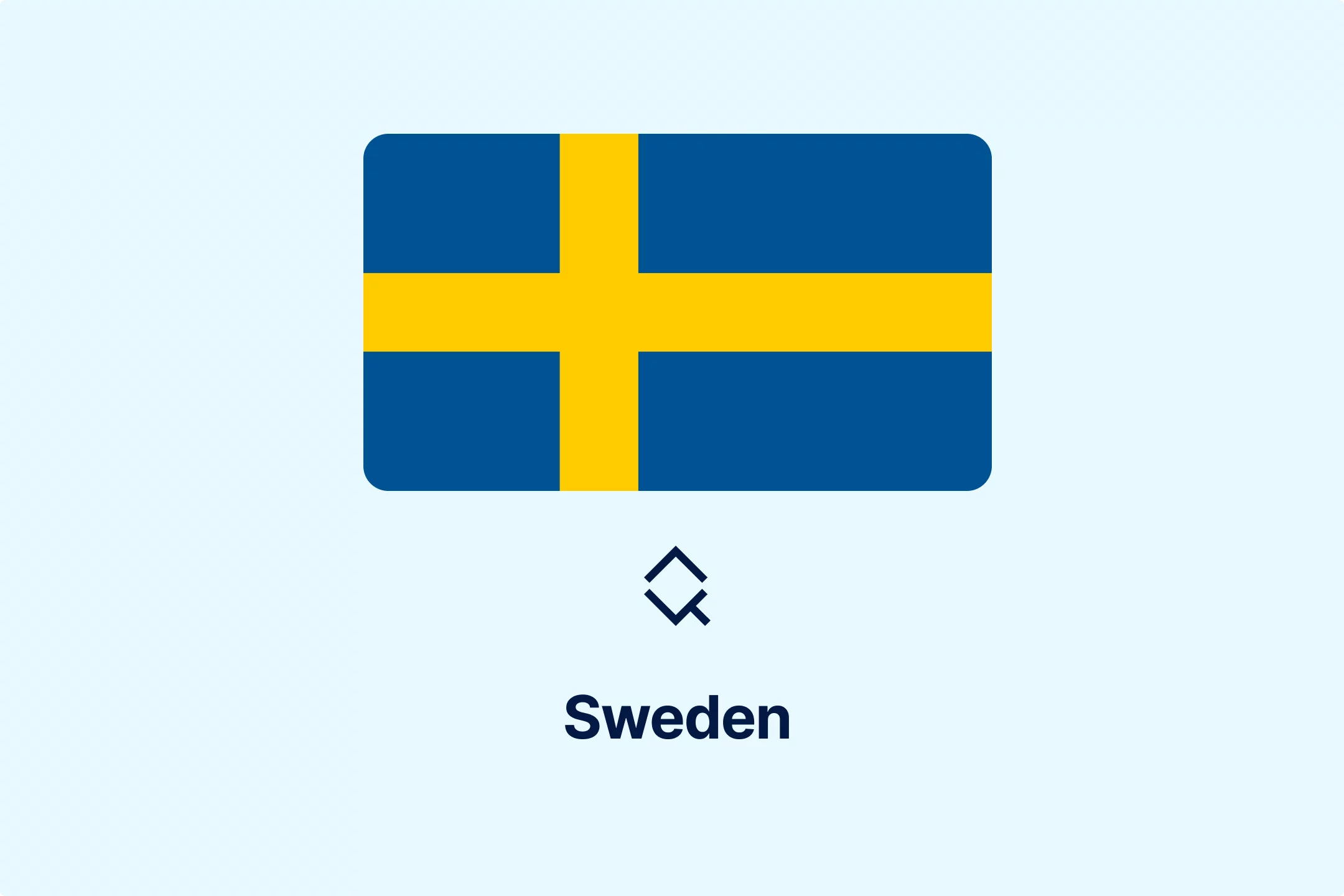
-2w76jtvtuk.webp)

-c0uvrmrq9j.webp)

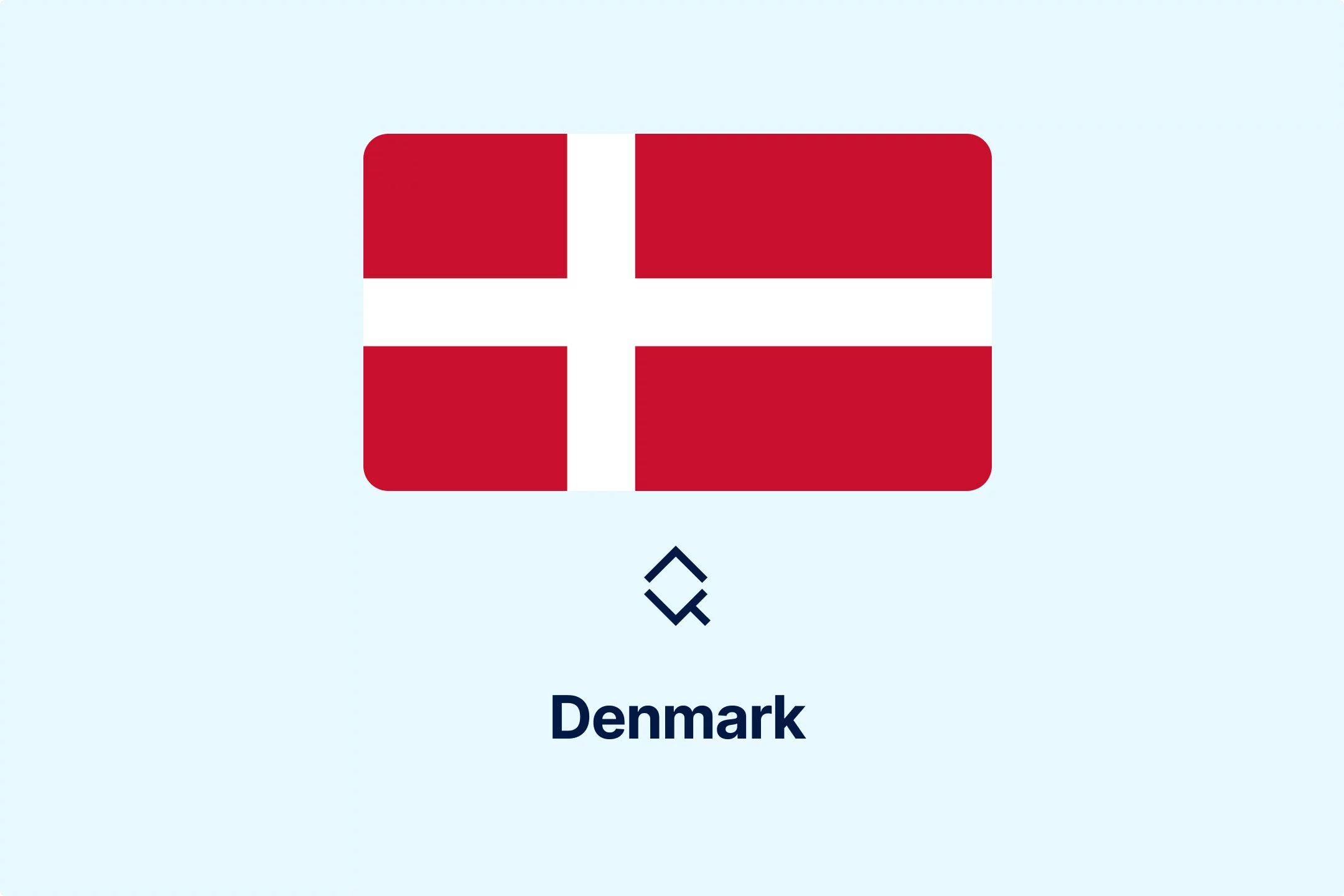
-pofe7ucwz3.webp)
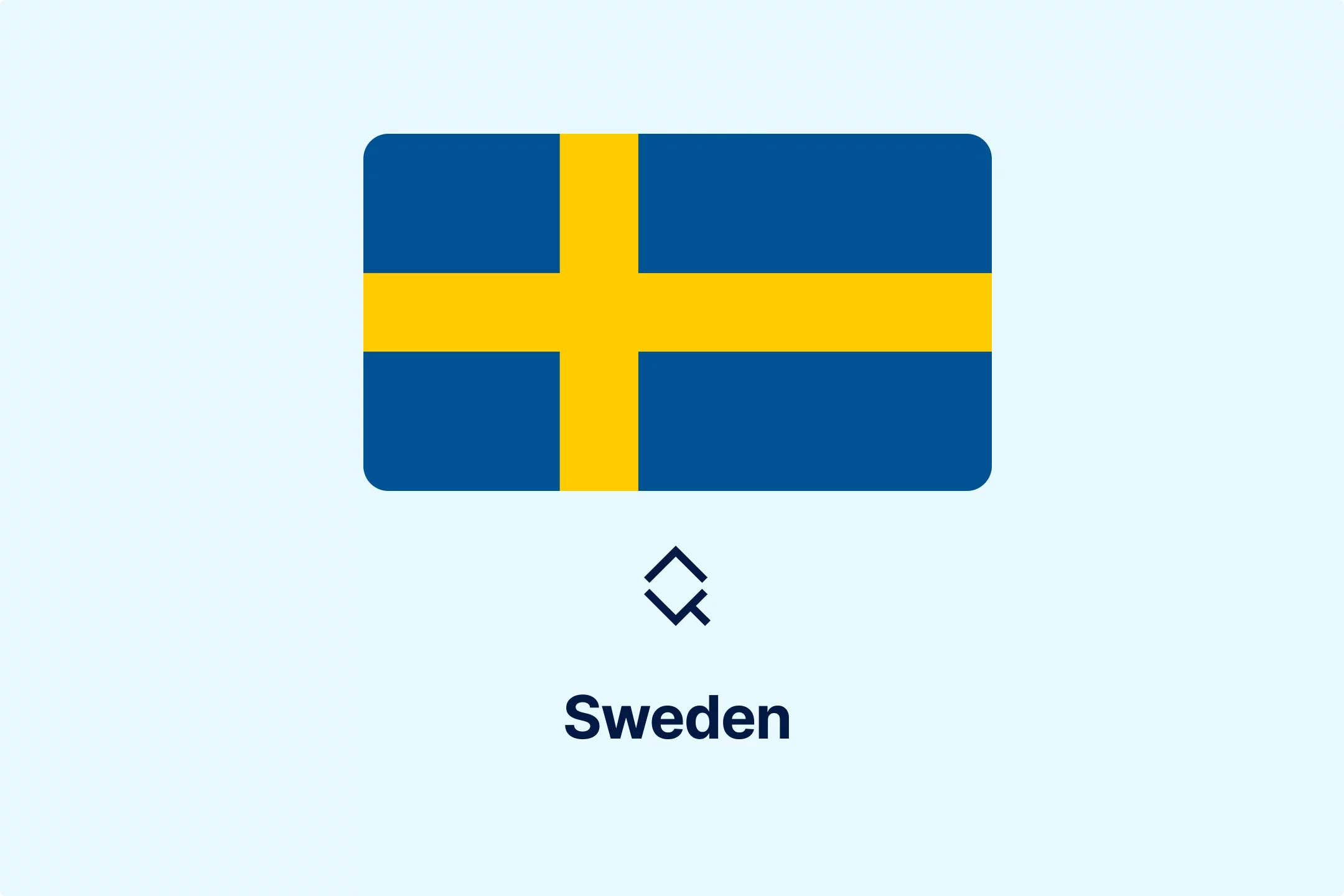
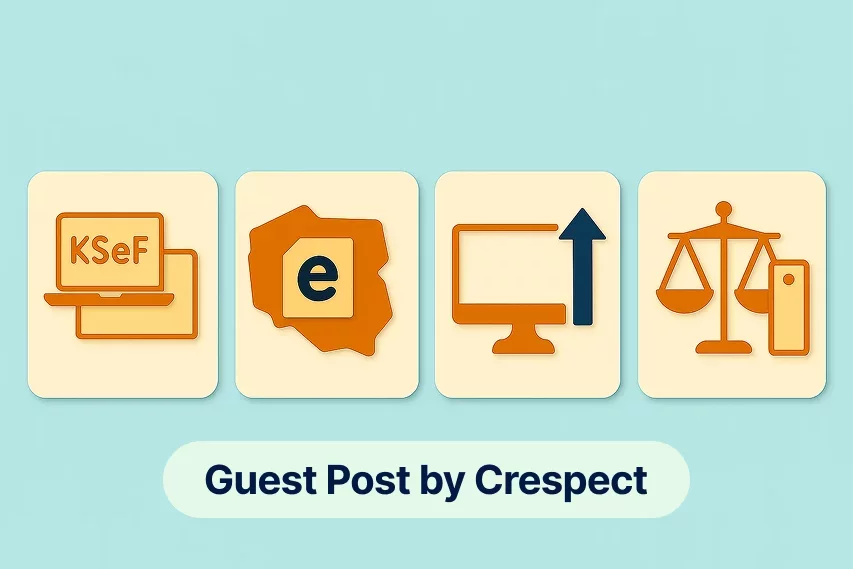
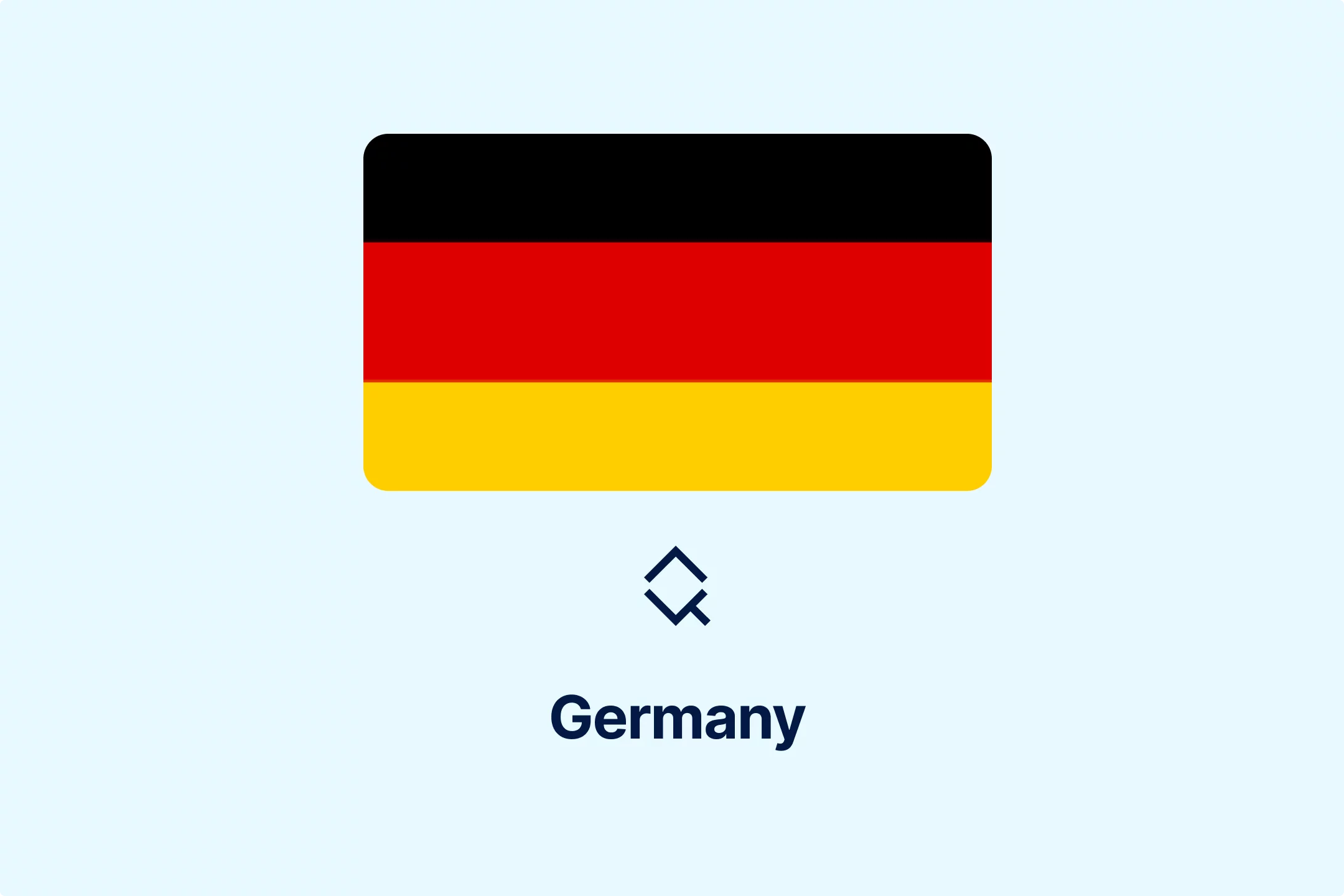
-5cc23ezxyf.webp)
-rrmabbekeb.webp)







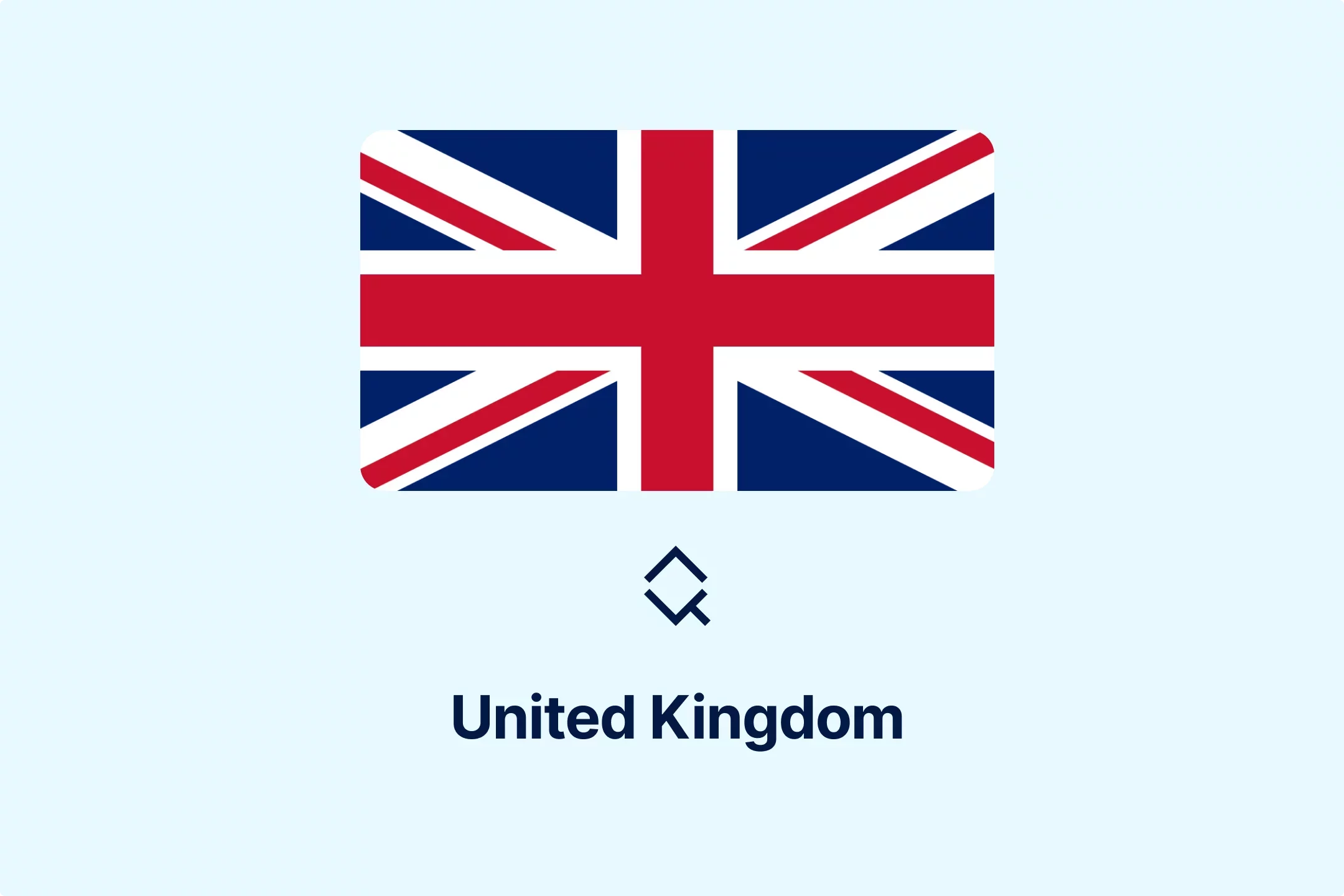
-iyyeiabtaf.webp)
-c8rbjkcs01.webp)
-nilkffjhah.webp)
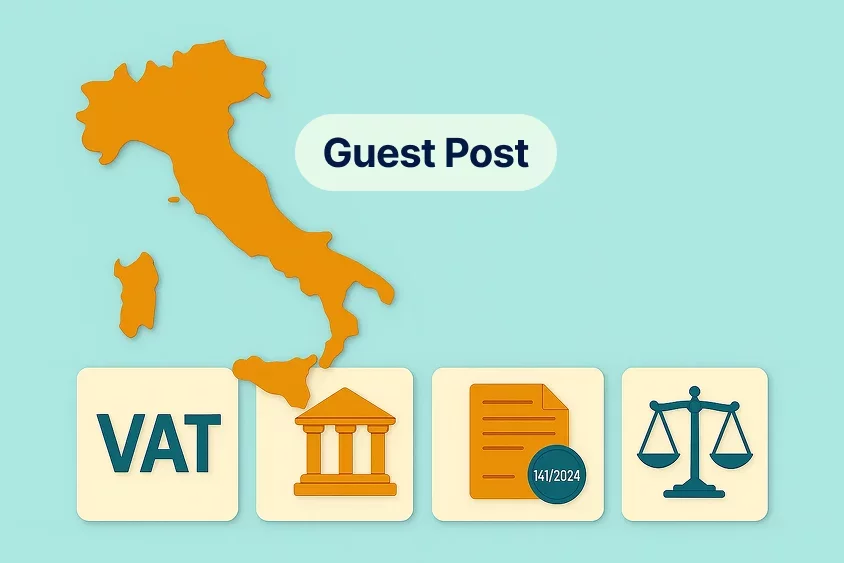
-hikakq55ae.webp)

-z1d60bldtg.webp)
-d1a0q6n7mp.webp)
-viip8nvoeh.webp)
-bvv1otliox.webp)

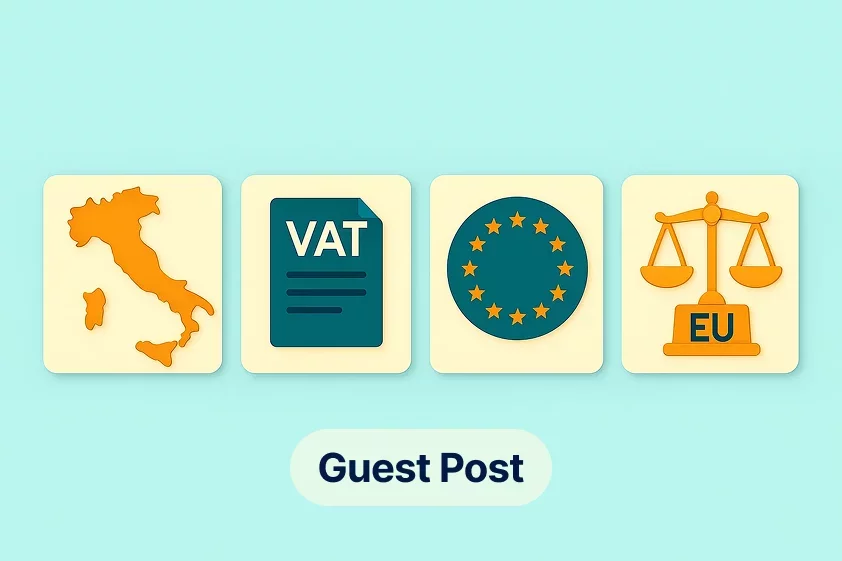

-de8hdb1bn3.webp)
-7xsxxoypnx.webp)
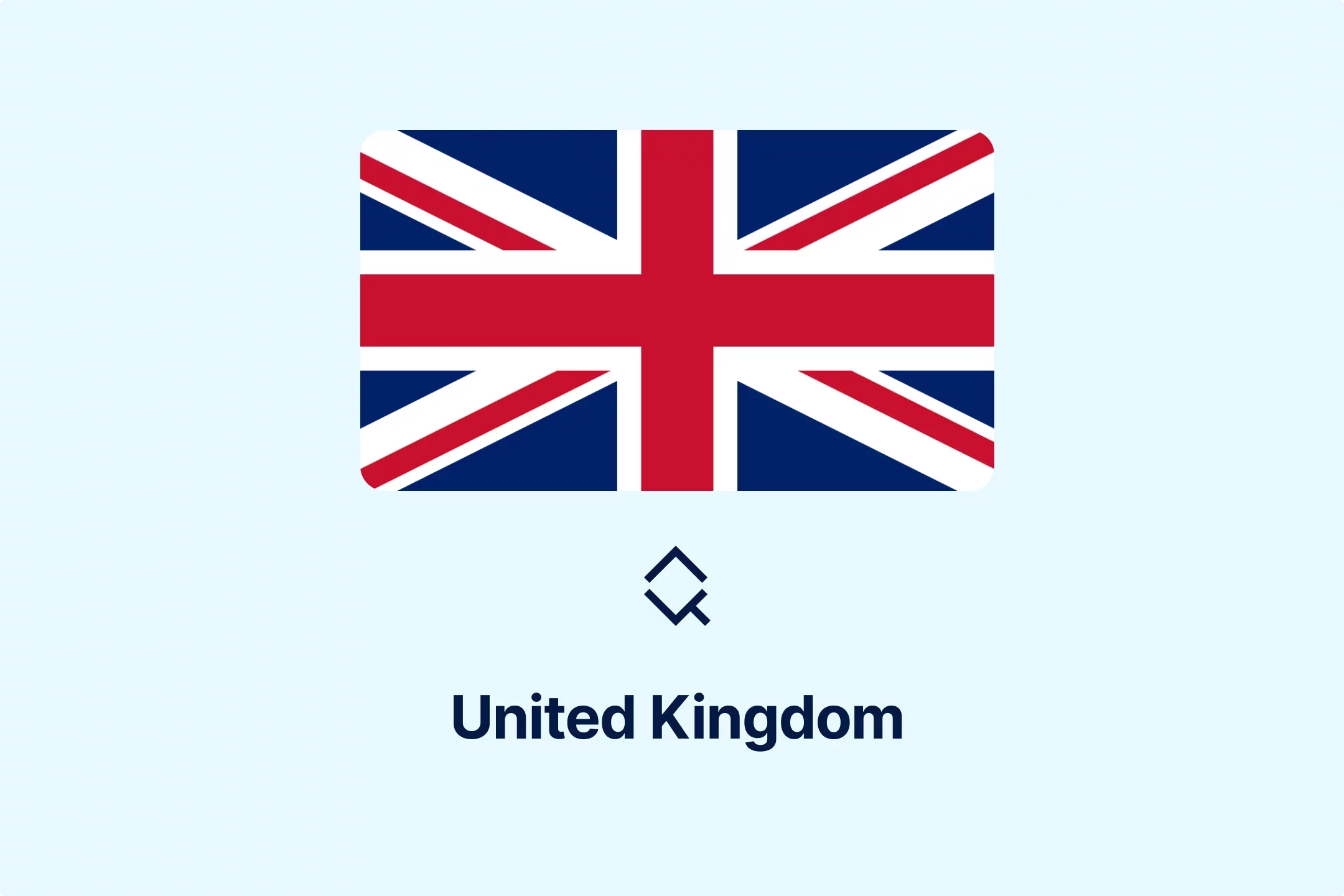
-cm0opezg73.webp)
-0tovsdupmi.webp)
-subxdamdj6.webp)
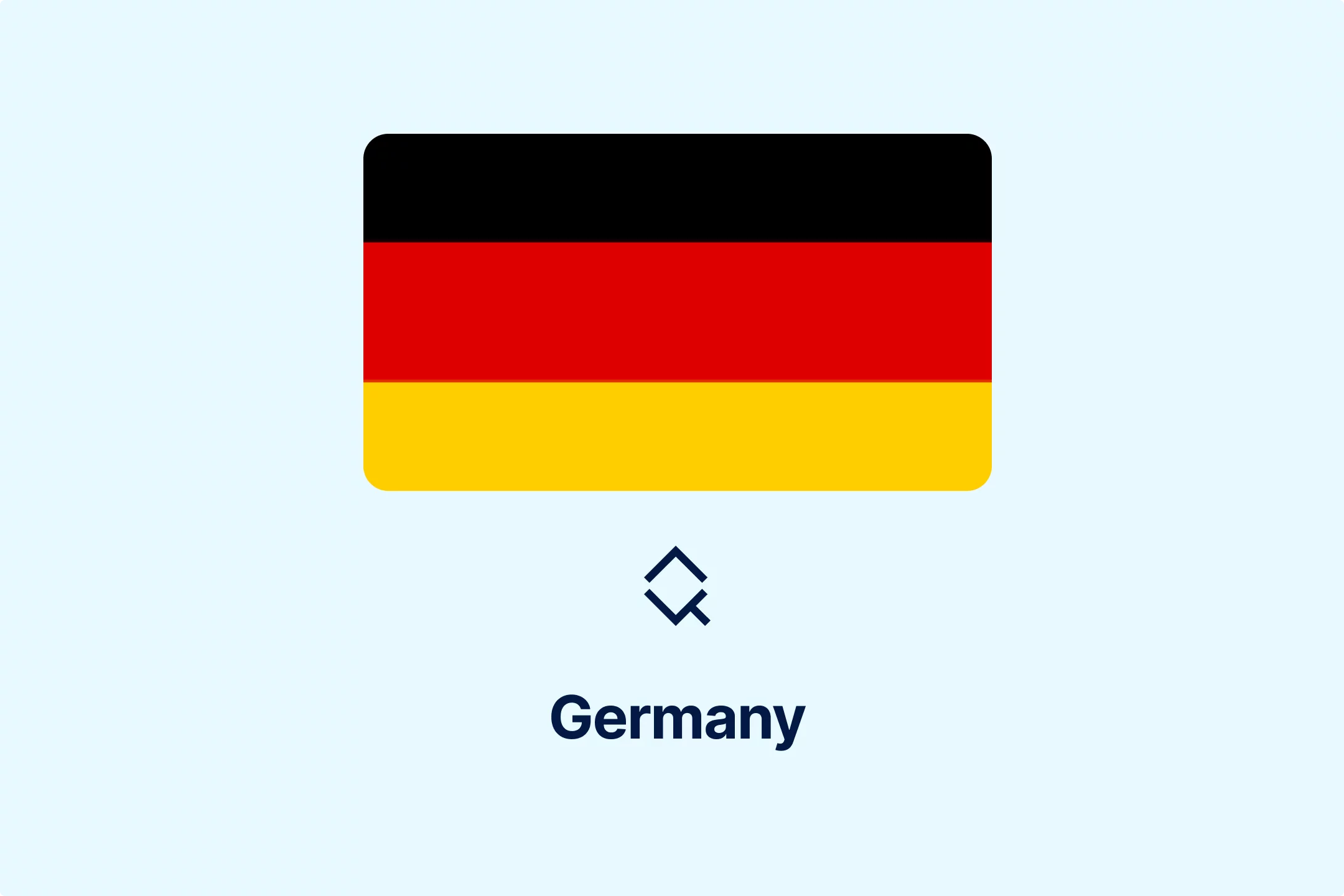

-gly6ablwnh.webp)
-gkduqhwbzh.webp)
-qpe1ld9vcj.webp)
-8noukwsmba.webp)
-aka29tuhkt.webp)


-fisvs27yrp.webp)


-mp0jakanyb.webp)

-aivzsuryuq.webp)



-o7f4ogsy06.webp)

-zjja92wdje.webp)
-hrbhdts8ry.webp)
-qtdkwpgkug.webp)


-cf8ccgah0p.webp)
-0em3cif5s6.webp)





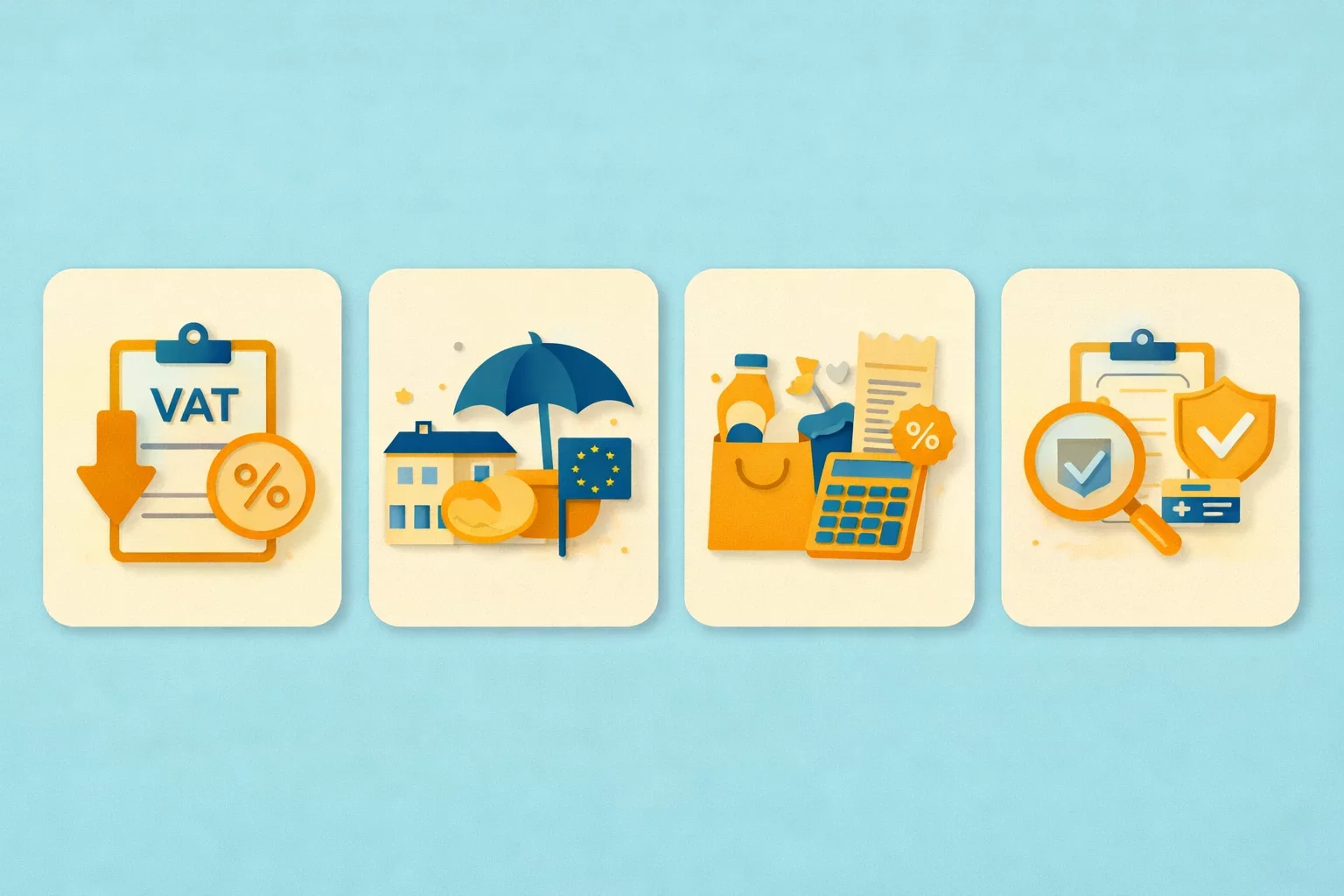
-ptzesl0kij.webp)

-tfzv42pyms.webp)
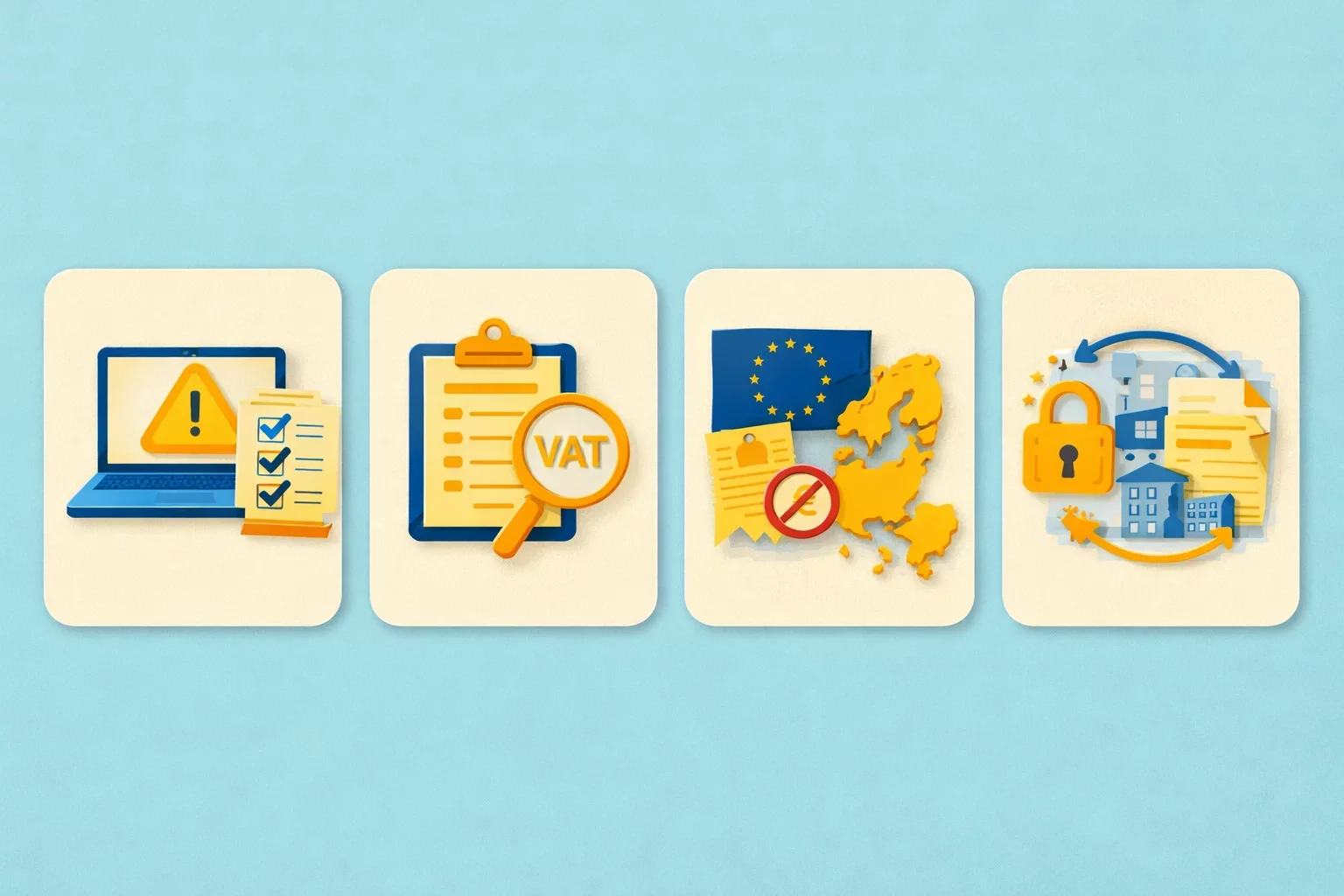






-uodv7sfbih.webp)
-bbrdfmm9qf.webp)



-m2tl8crfqr.webp)




-1awbqjgpjs.webp)
-avbjsn1k1g.webp)


-0h8ohkx6s0.webp)



-wfmqhtc7i6.webp)
-7wljbof2zo.webp)

-eqt97uyekl.webp)
-wzw9mcf563.webp)

-z4oxr6i0zd.webp)




-l0zcrrzvhb.webp)
-fhtic1pwml.webp)

-iipdguuz9p.webp)
-nkhhwrnggm.webp)
-pltqwerr3w.webp)

-nn6mtfbneq.webp)

-tmnklelfku.webp)



-8z1msbdibu.webp)
-7g16lgggrv.webp)



-lxcwgtzitc.webp)
-9mc55kqwtx.webp)


-xla7j3cxwz.webp)
-jrdryw2eil.webp)






-t9qr49xs2u.webp)


-qjopq5jplv.webp)



-vune1zdqex.webp)

-qsozqjwle2.webp)
-rgjta7iwiv.webp)

-zb6bxxws47.webp)
-lyfjzw4okp.webp)

-ogpfmol5m1.png)


-czisebympl.png)

-zetvivc79v.png)
-ud7ylvkade.png)
-qizq6w2v5z.png)







-ihr6b4mpo1.webp)
-k1j4au0ph6.webp)
-swxxcatugi.webp)


-ig9tutqopw.webp)

-tauoa6ziym.webp)

-spr0wydvvg.webp)
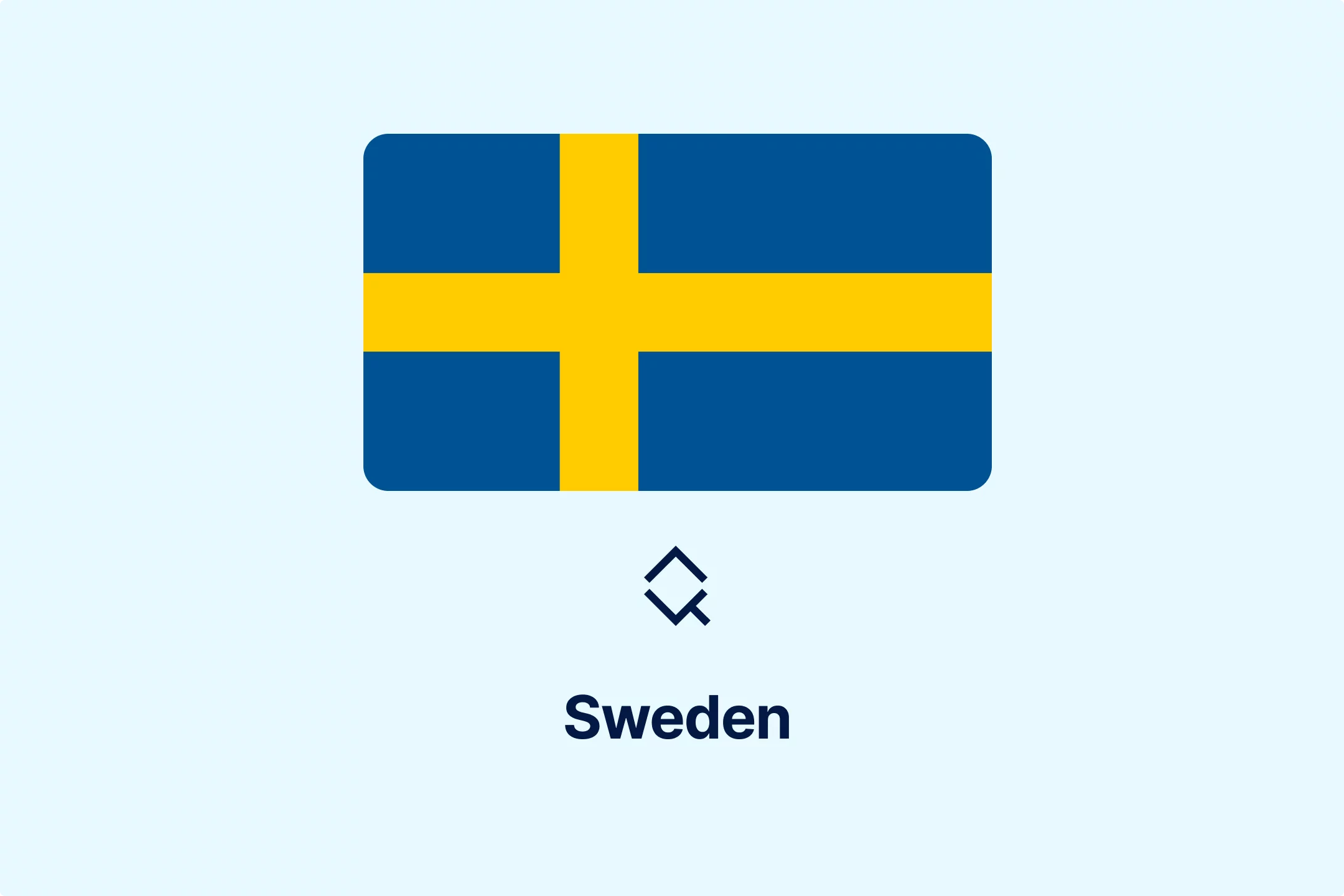
-xfuognajem.webp)





-u2nv5luoqc.webp)








-opuxpan2iu.webp)




-kwttsfd8ow.webp)
-8u14qi10nj.webp)

-wjpr96aq5g.webp)

.png)

.png)


.png)


.png)



.png)
.png)
.png)
.png)
.png)

.png)
.png)




.png)
.png)




































































































































